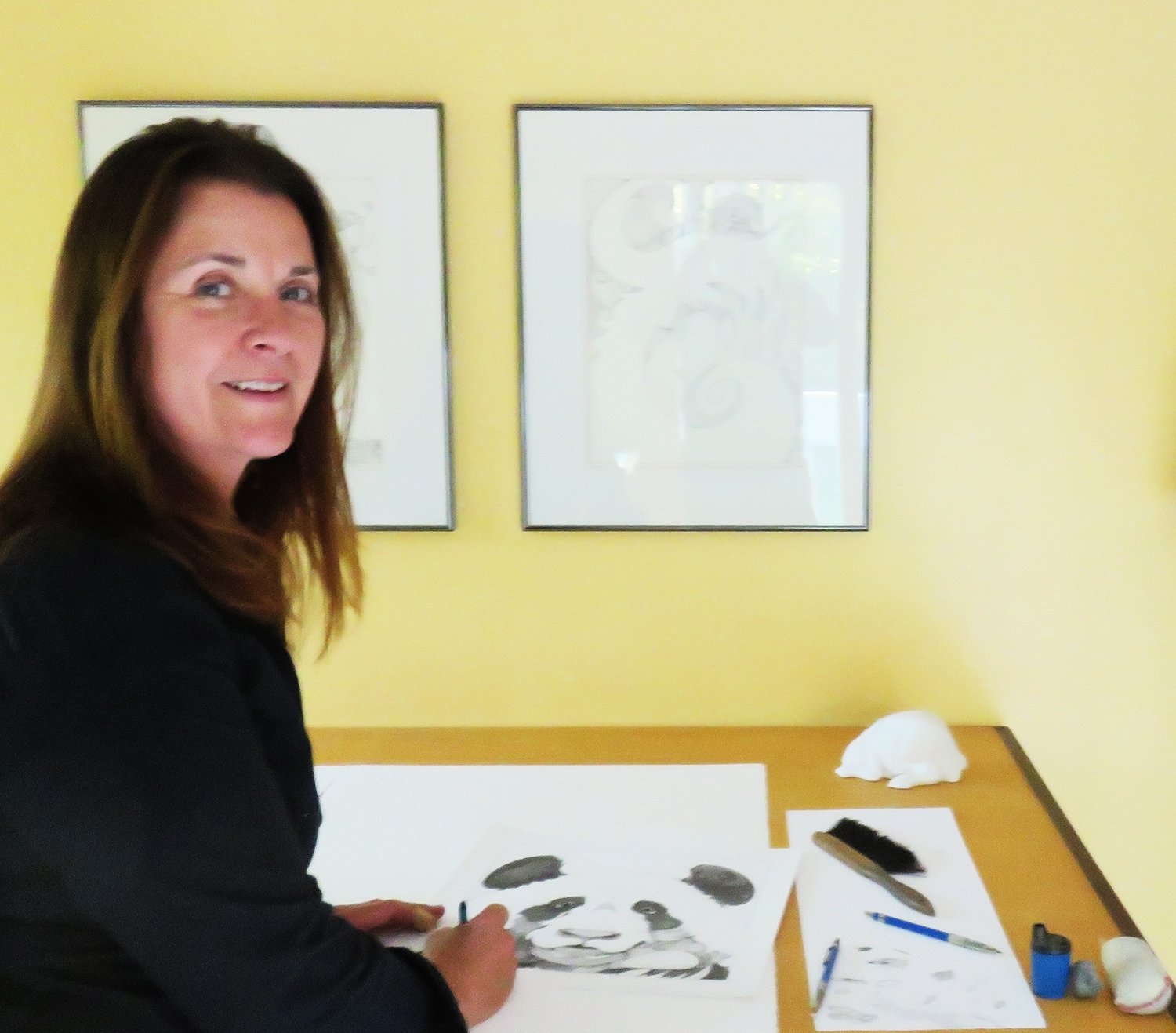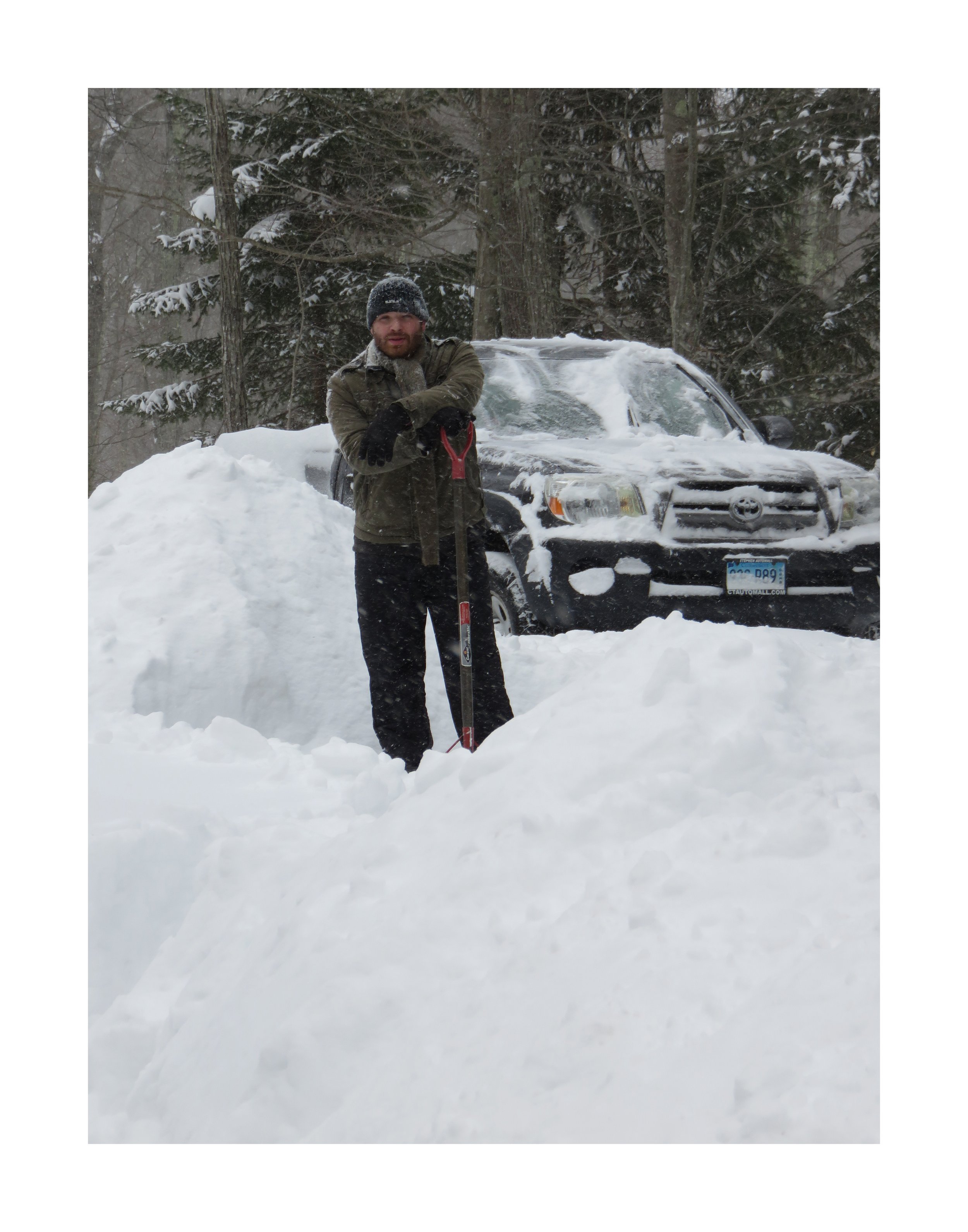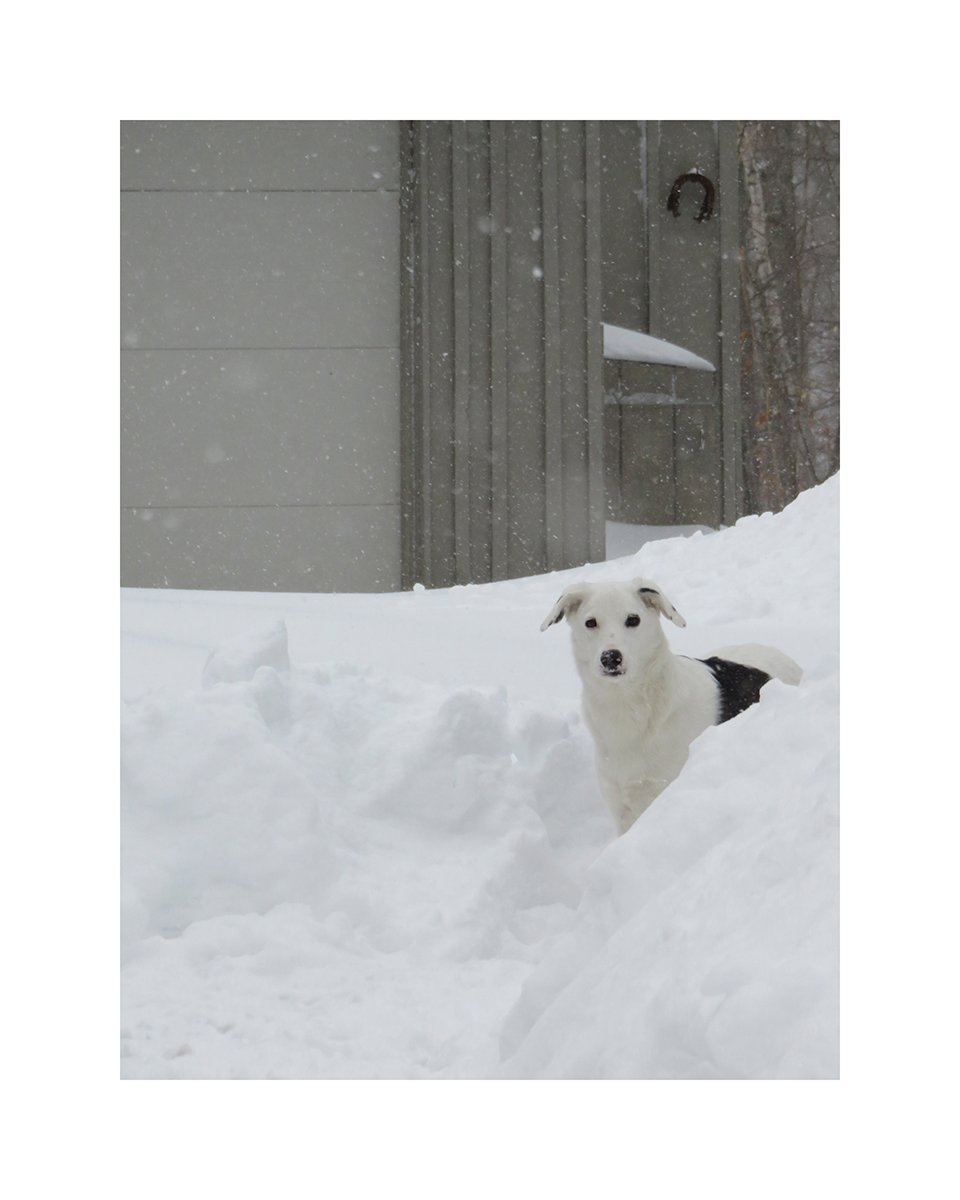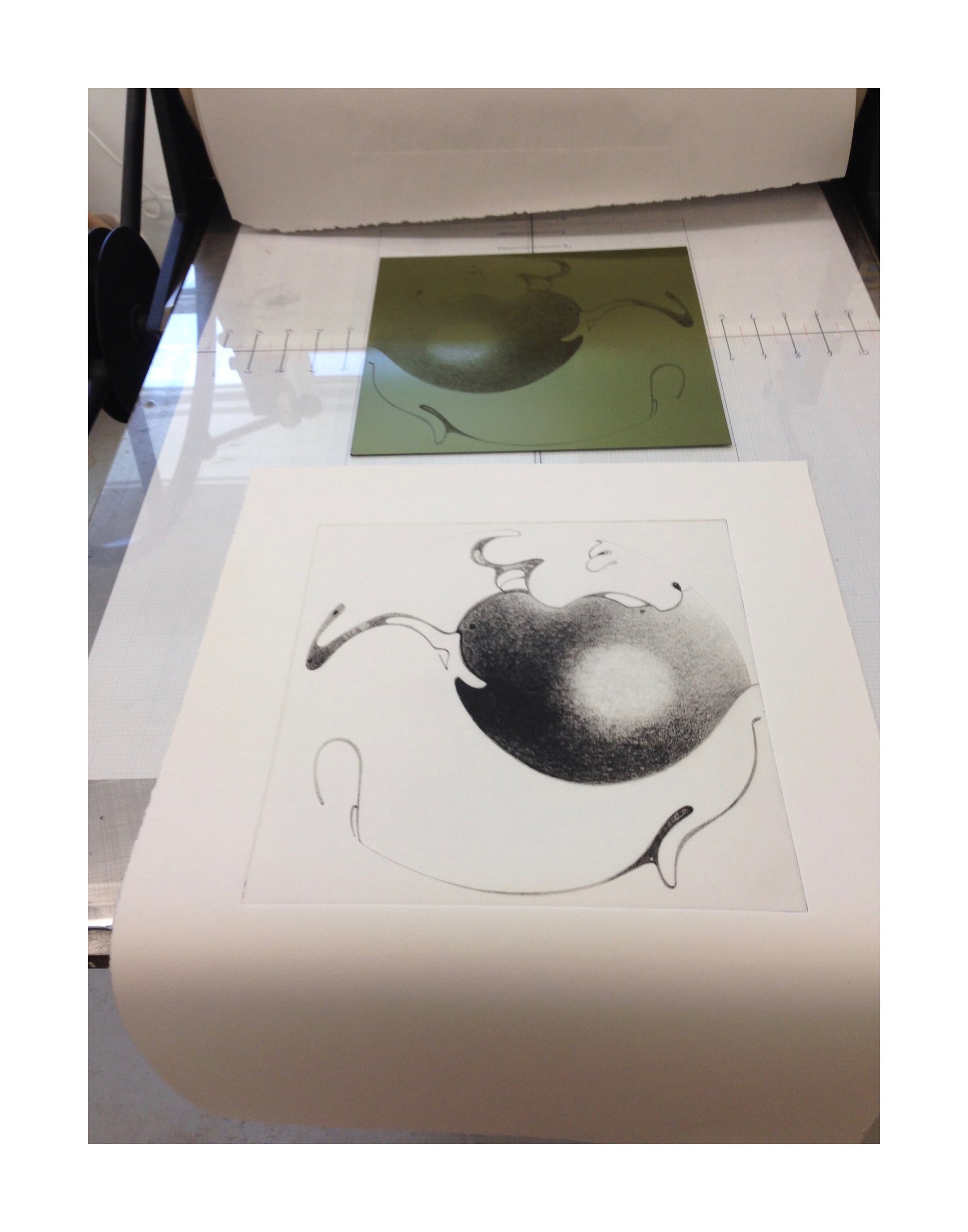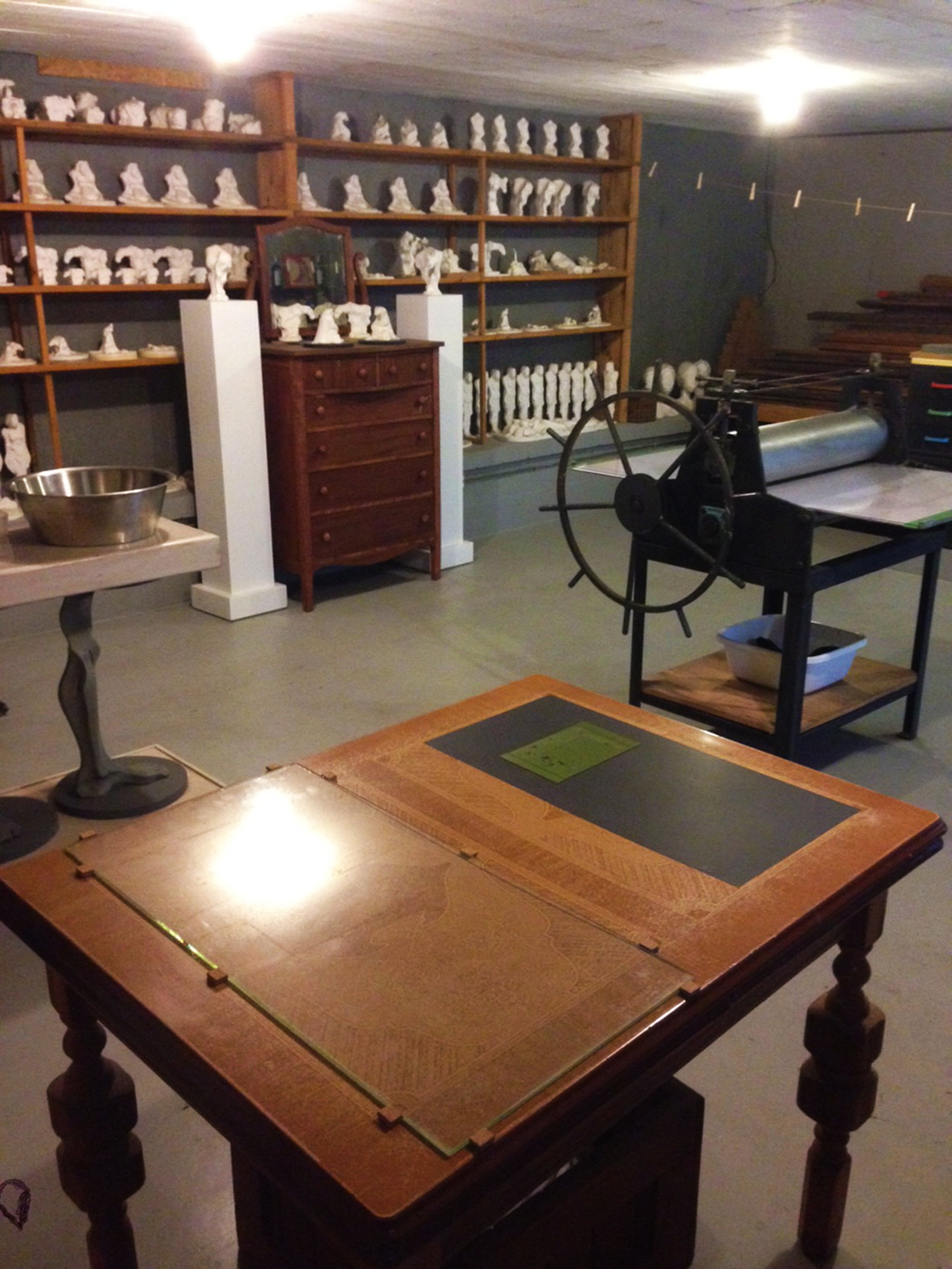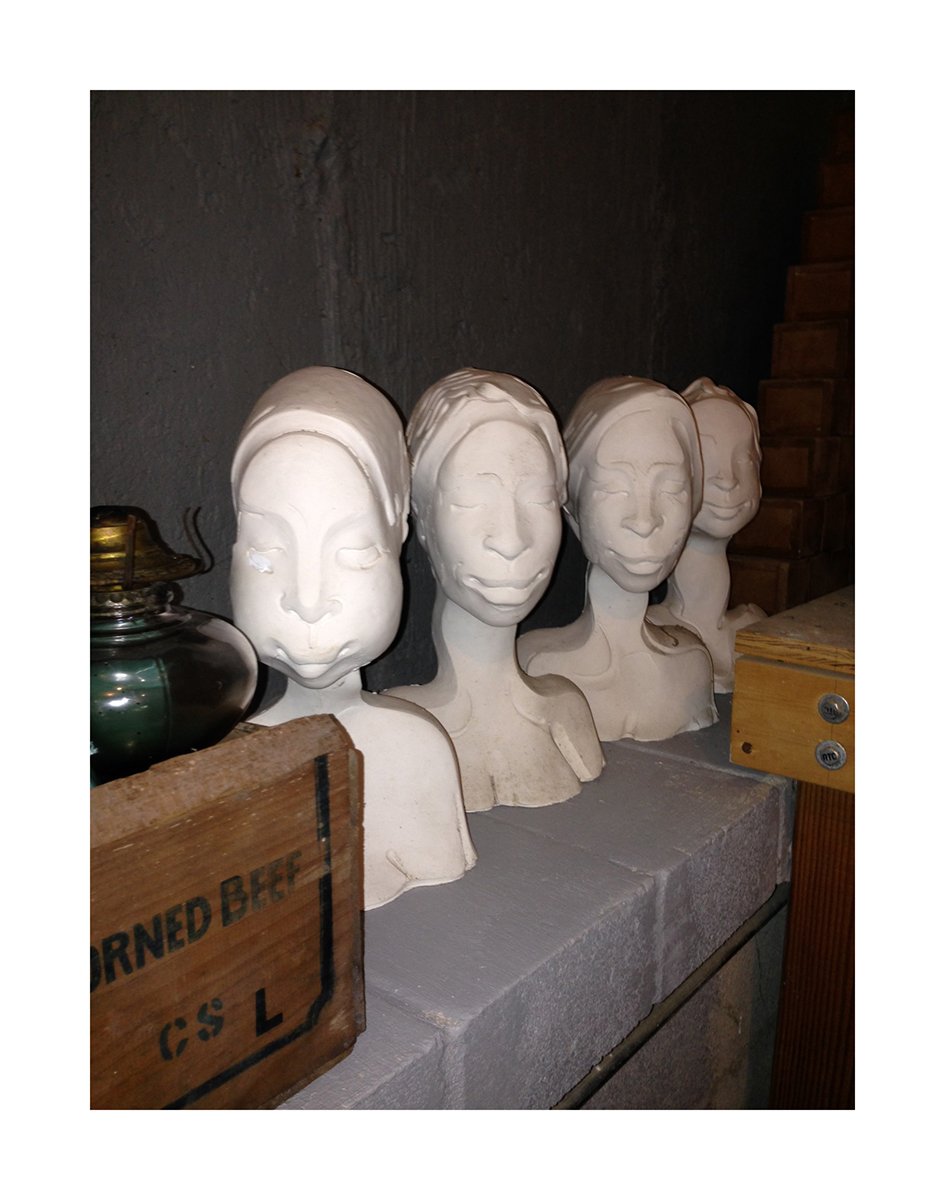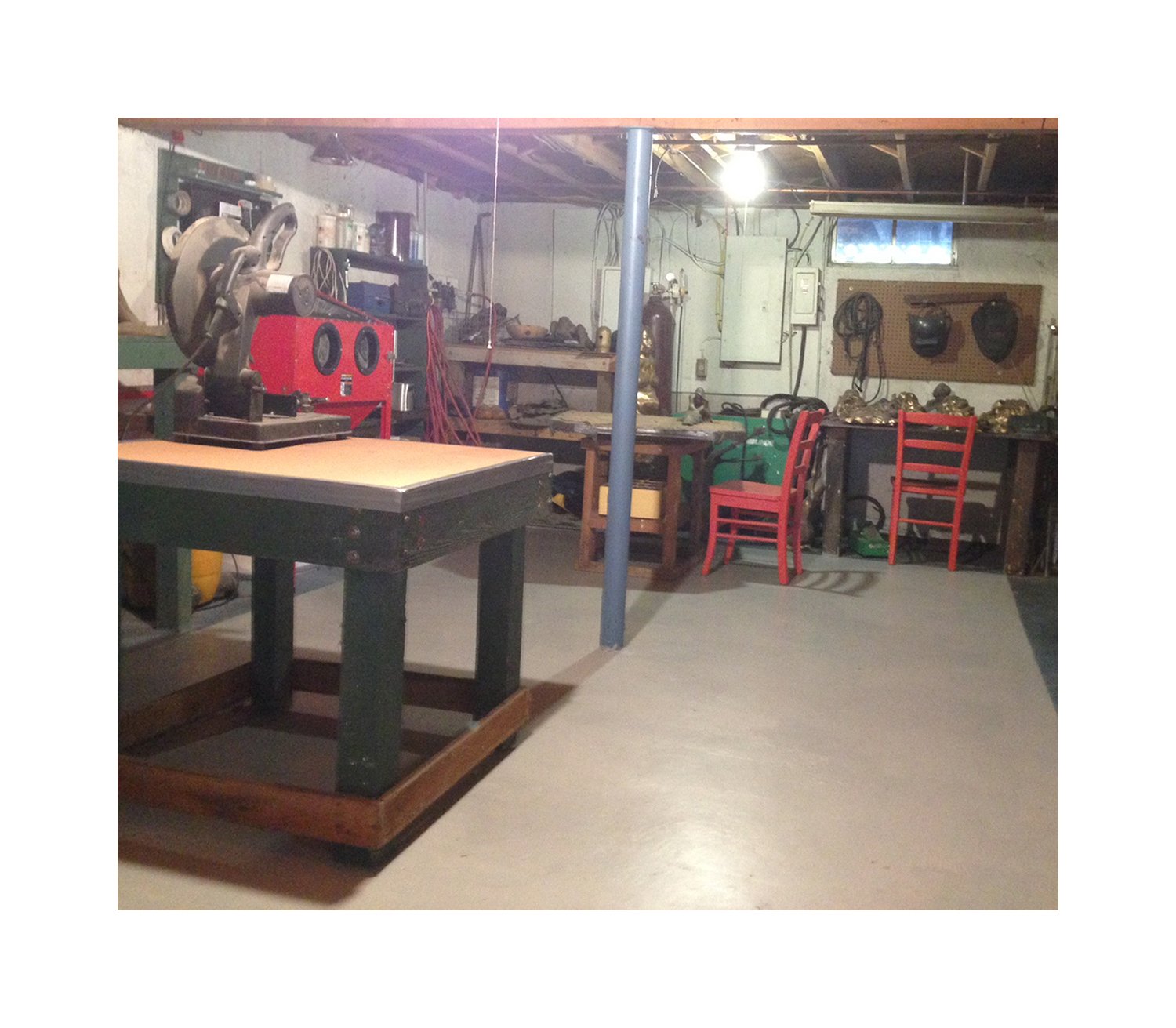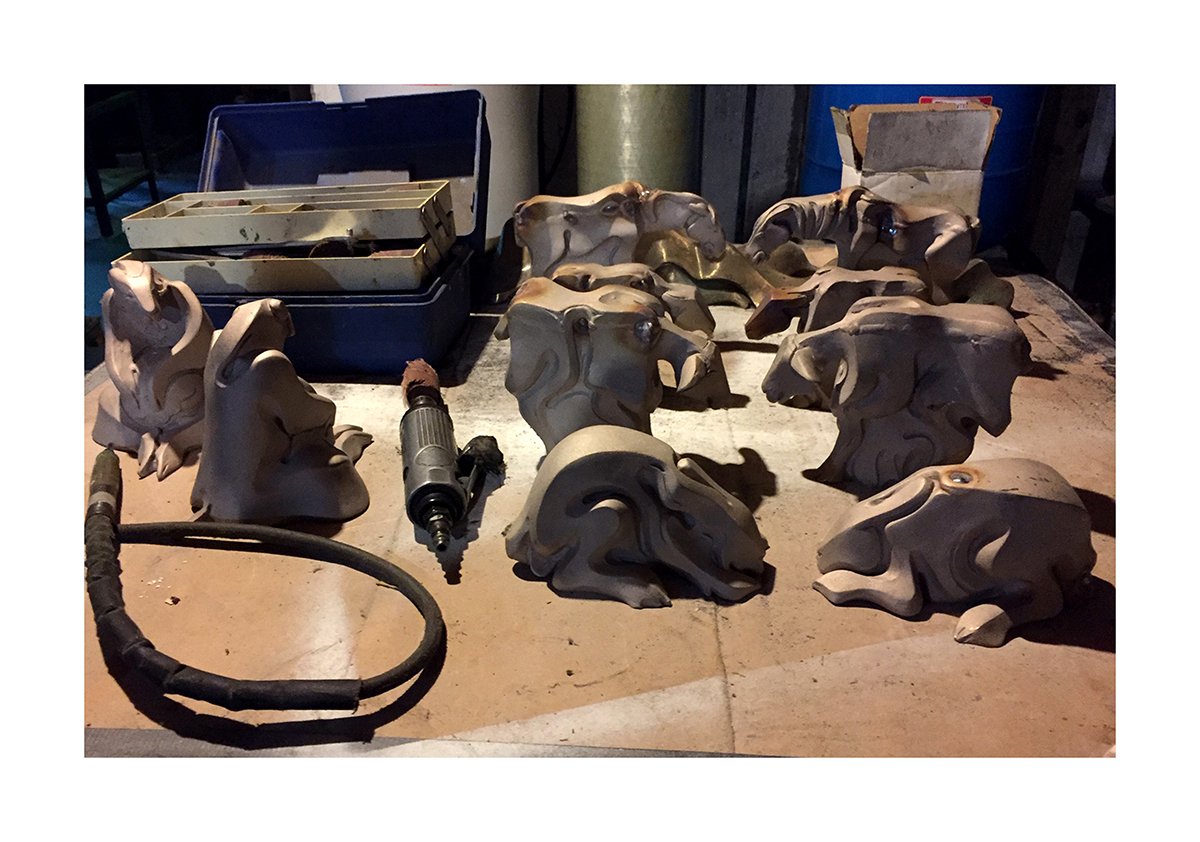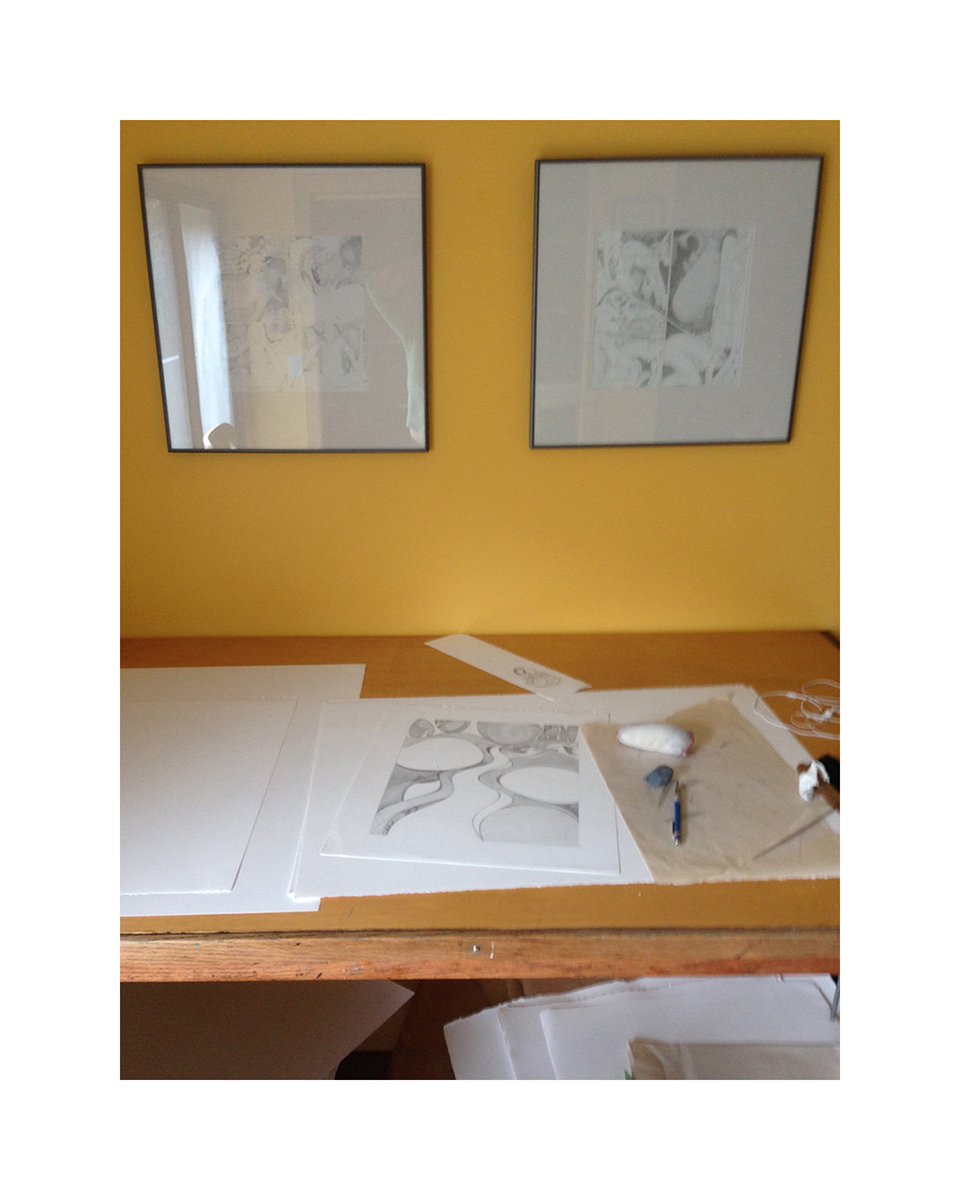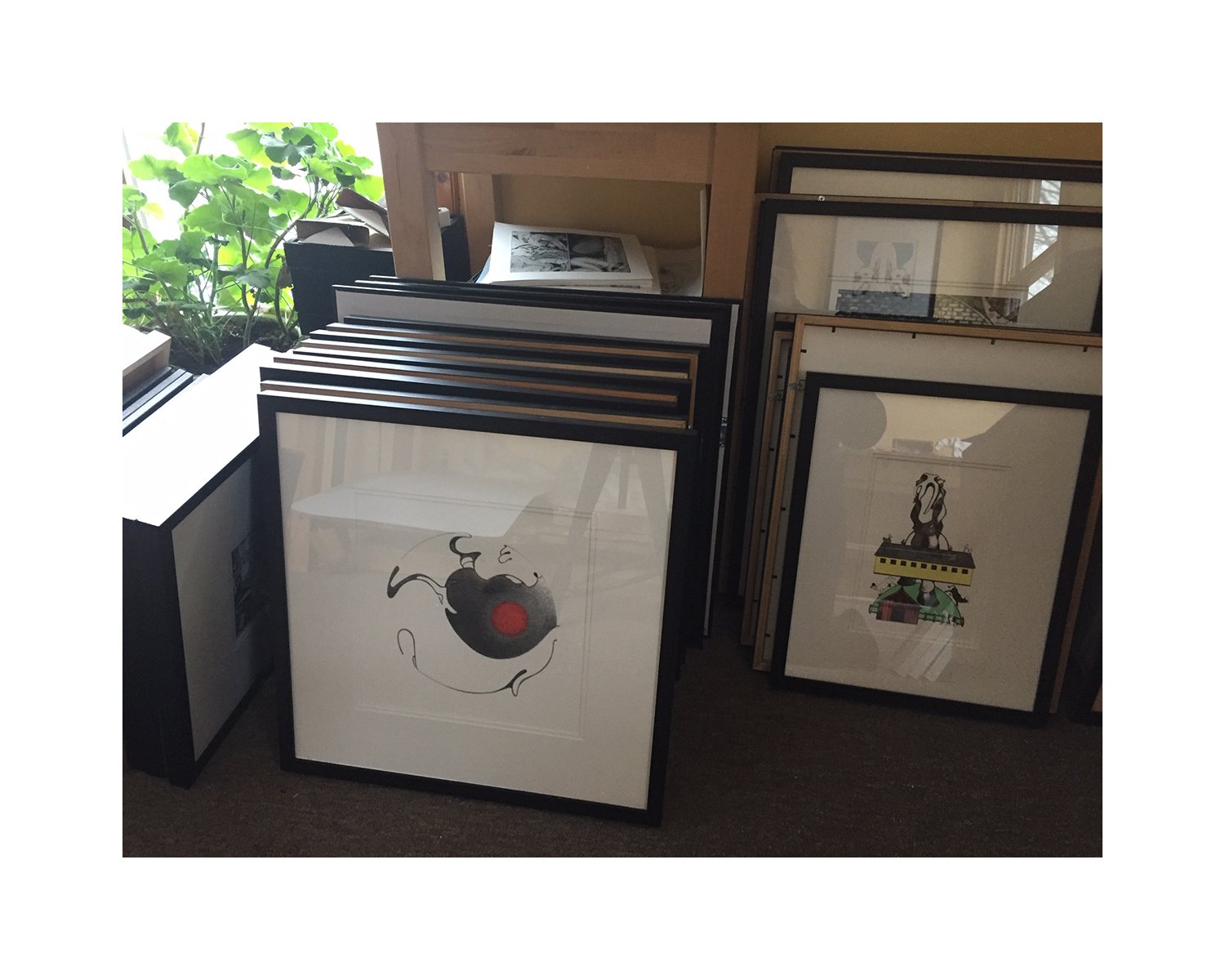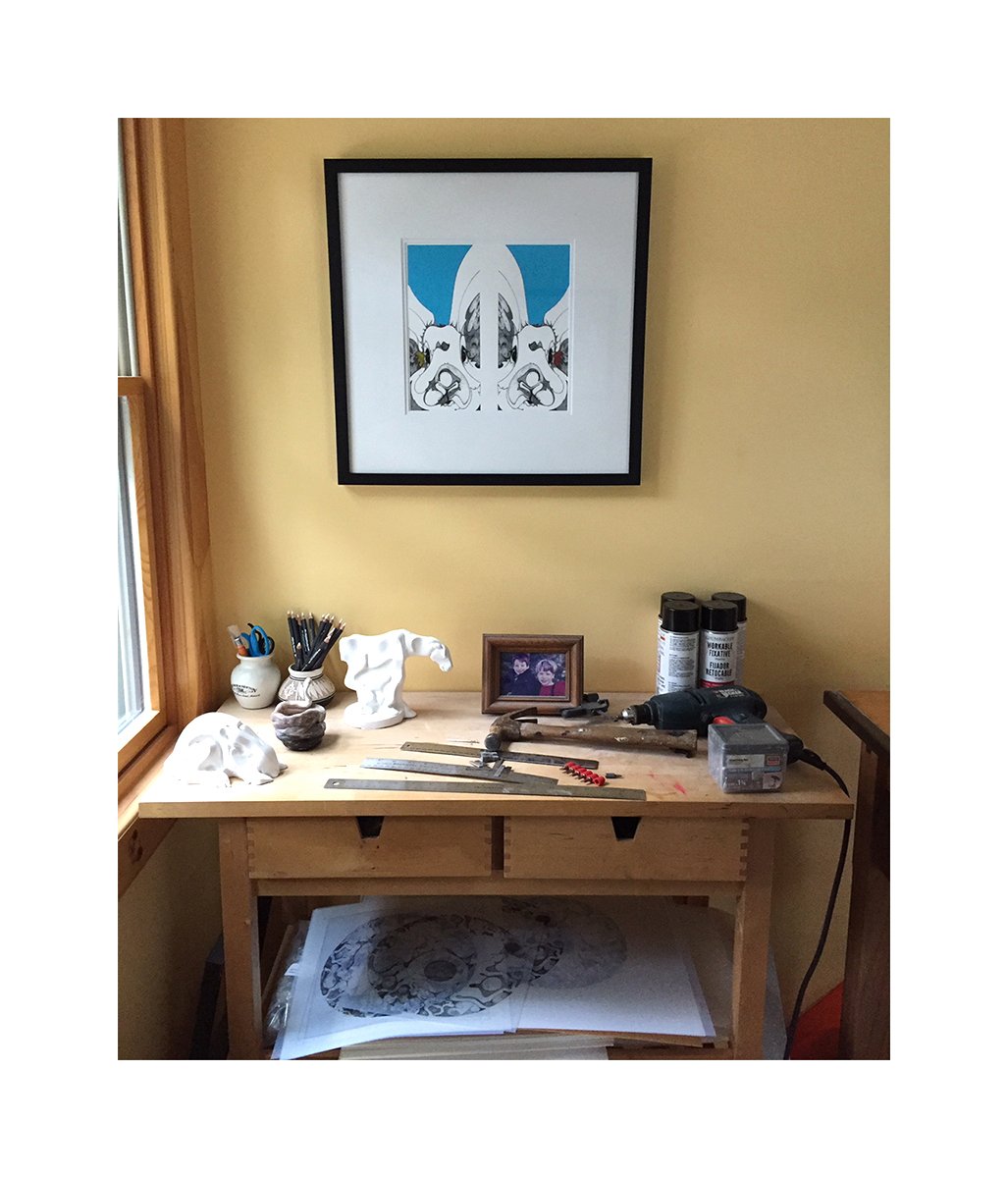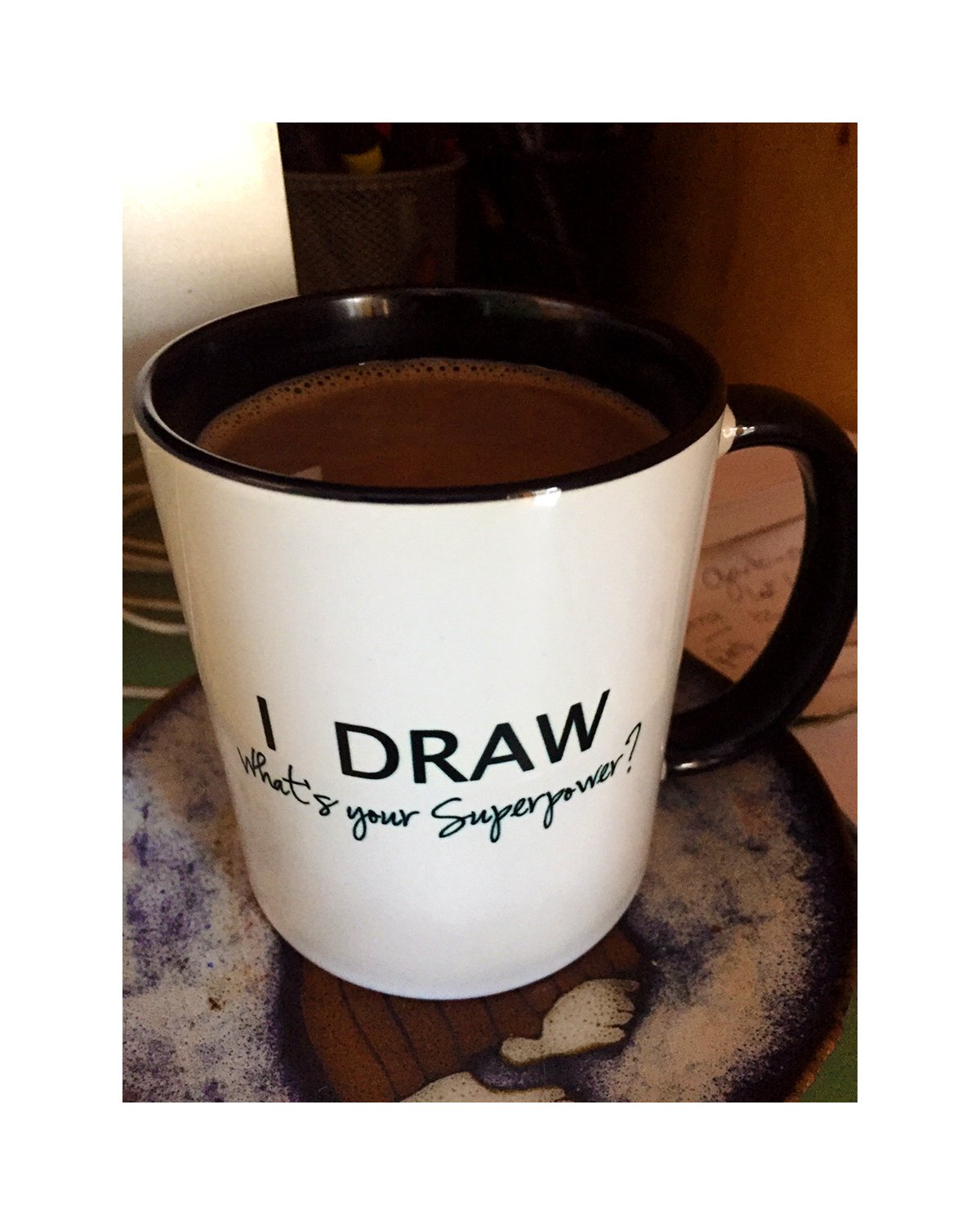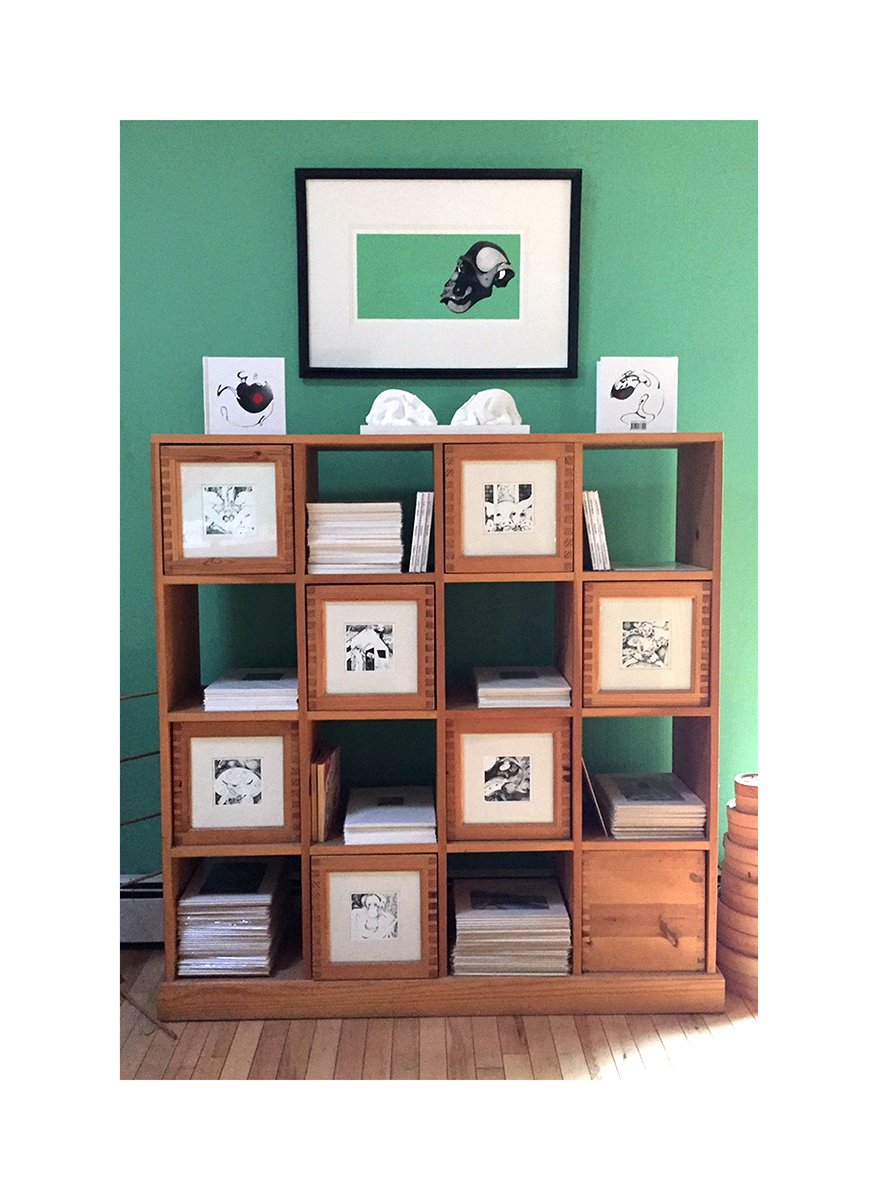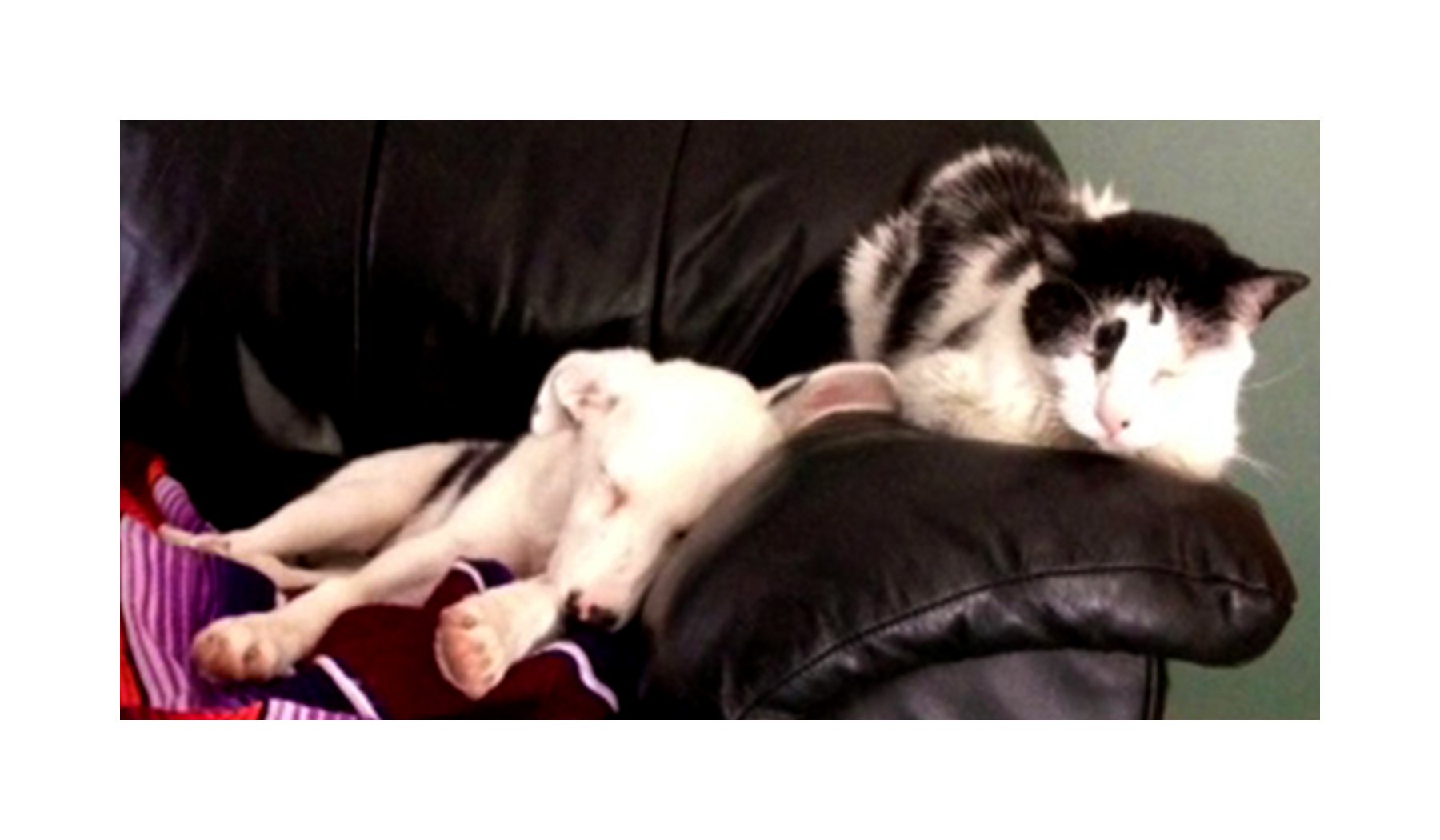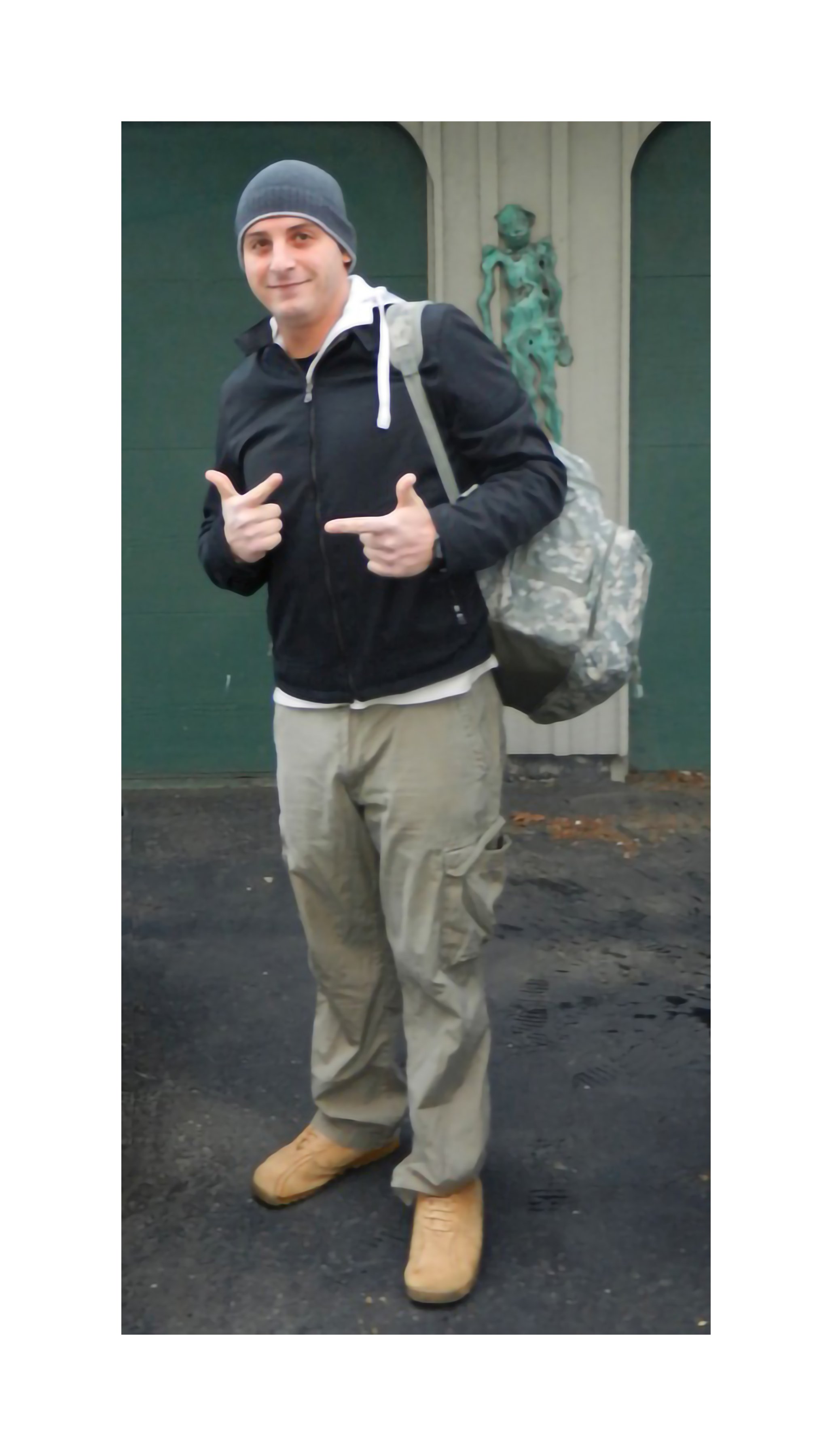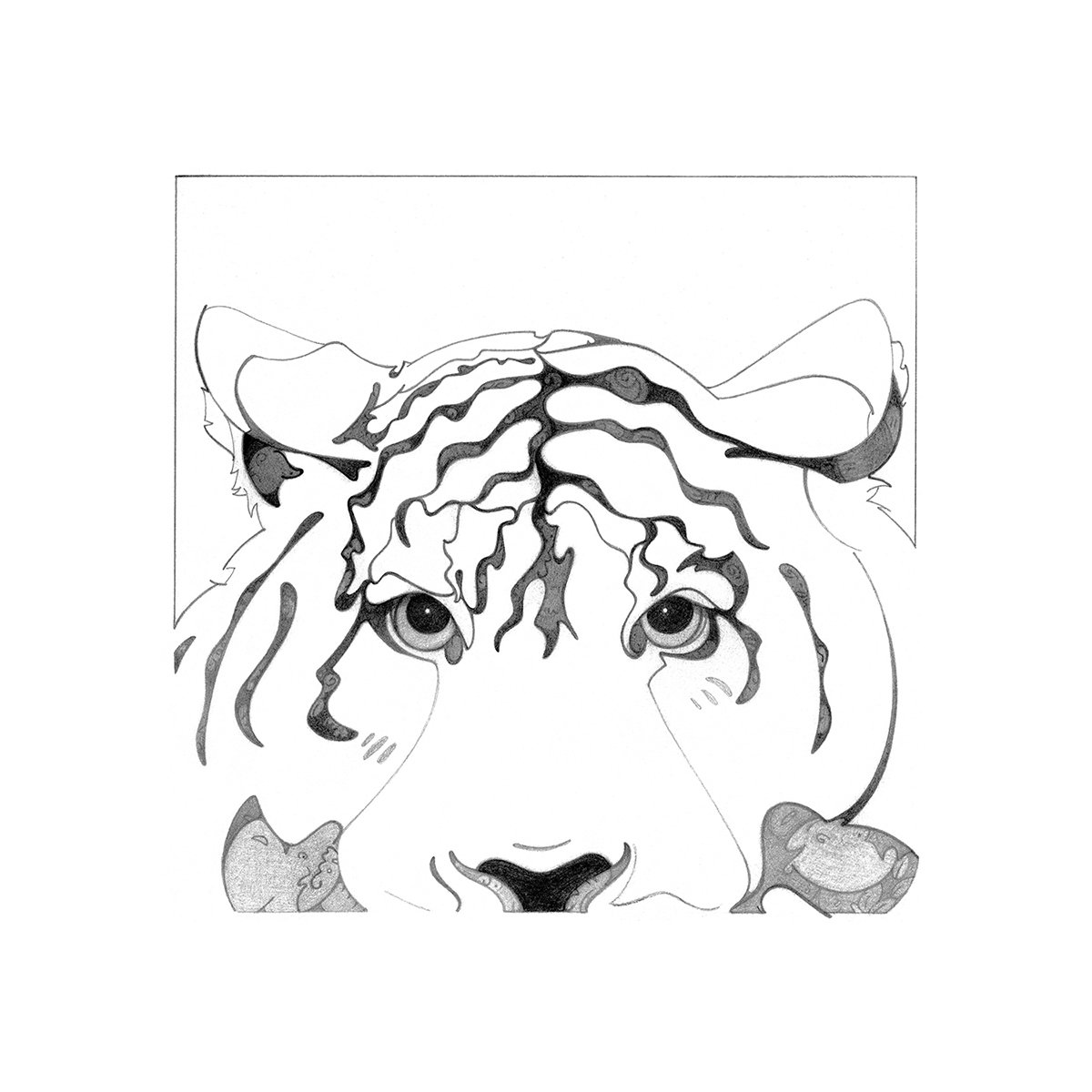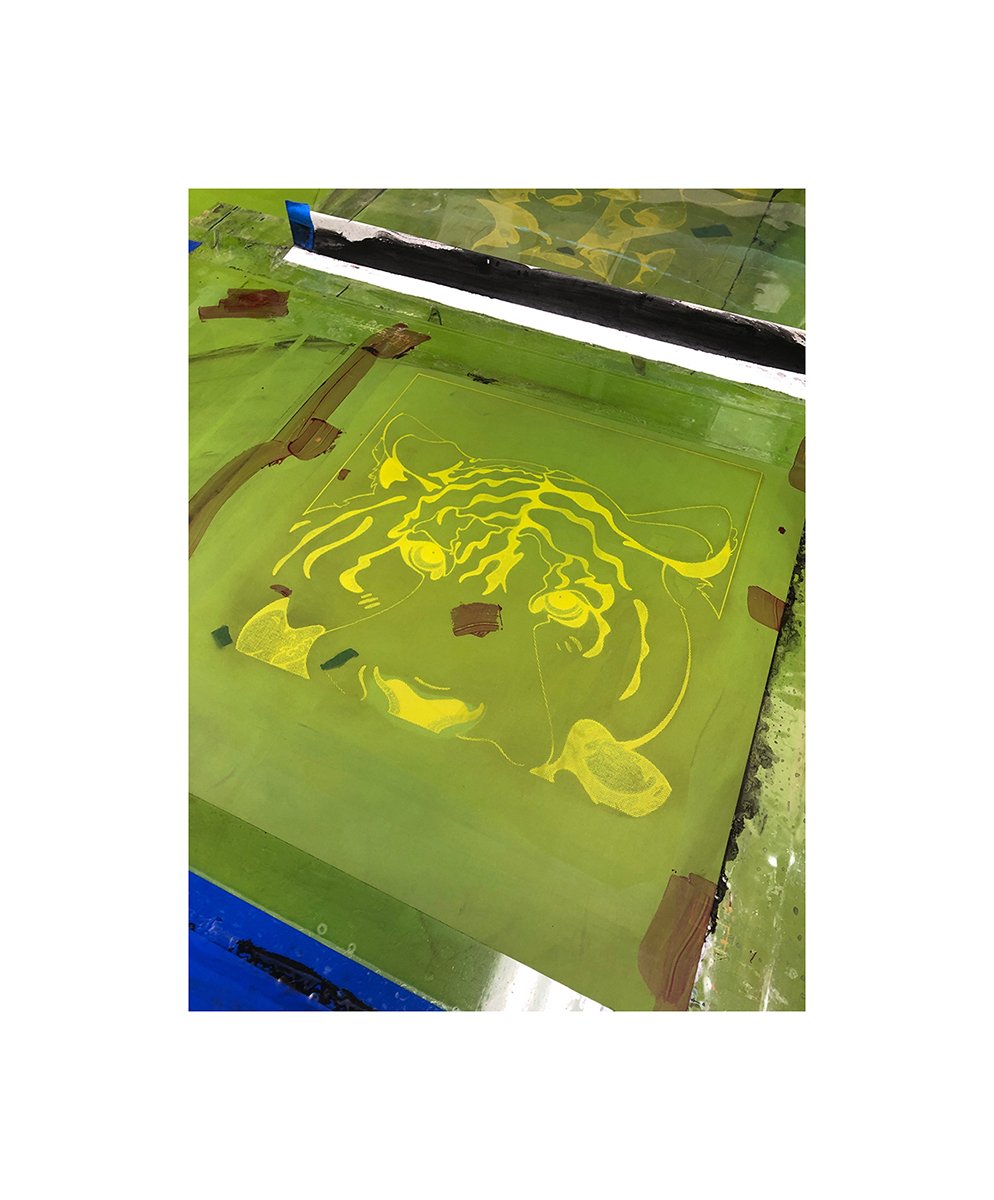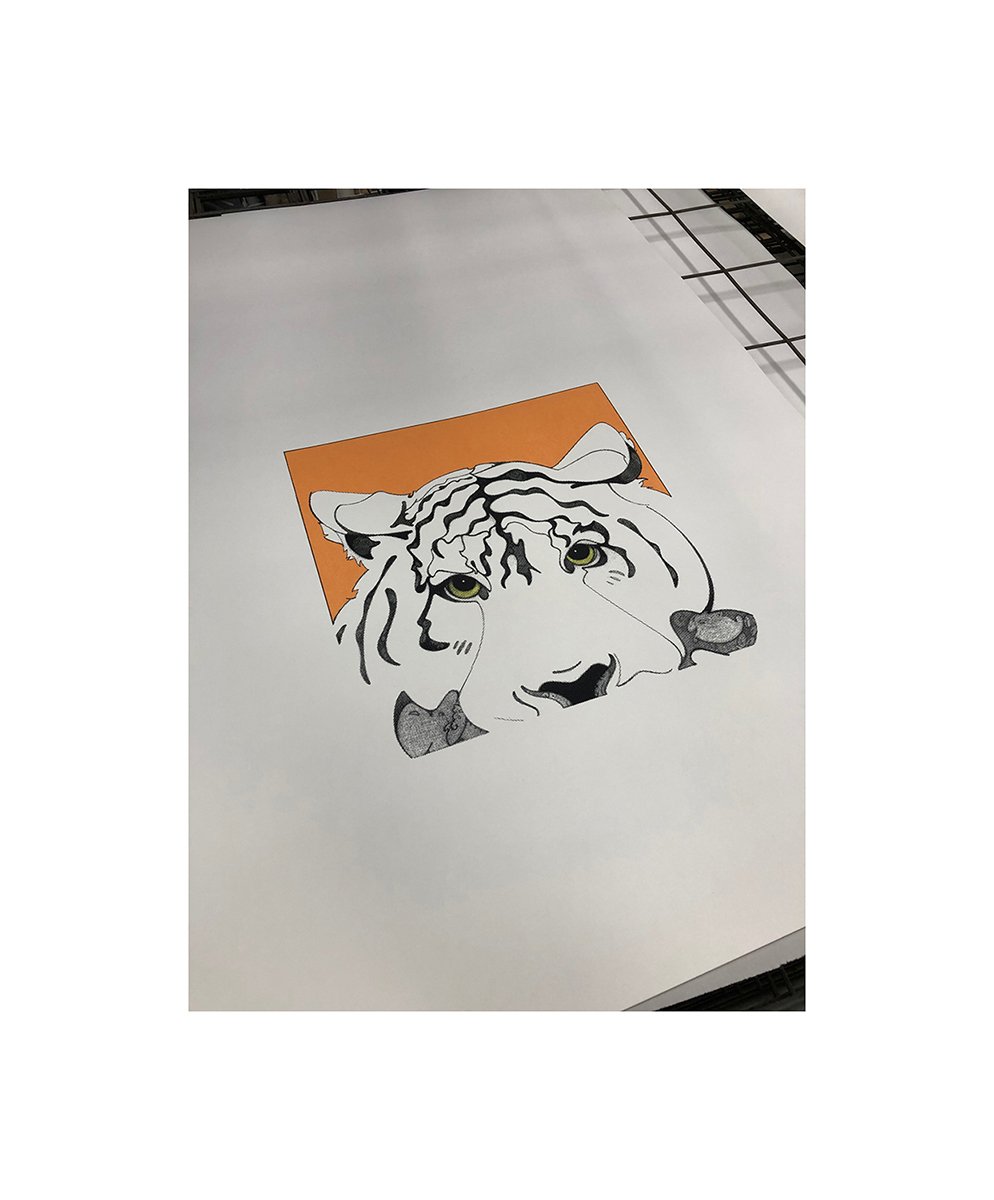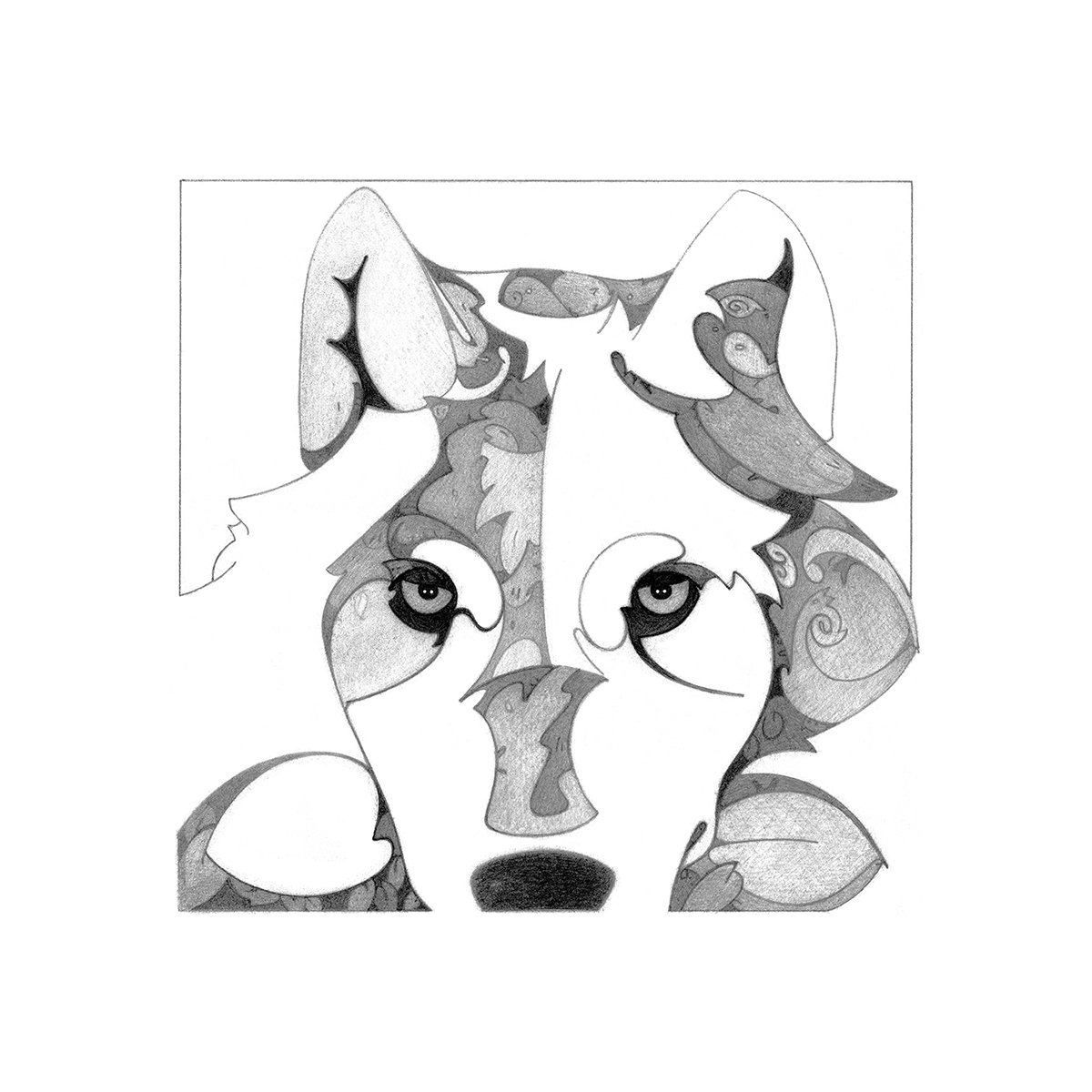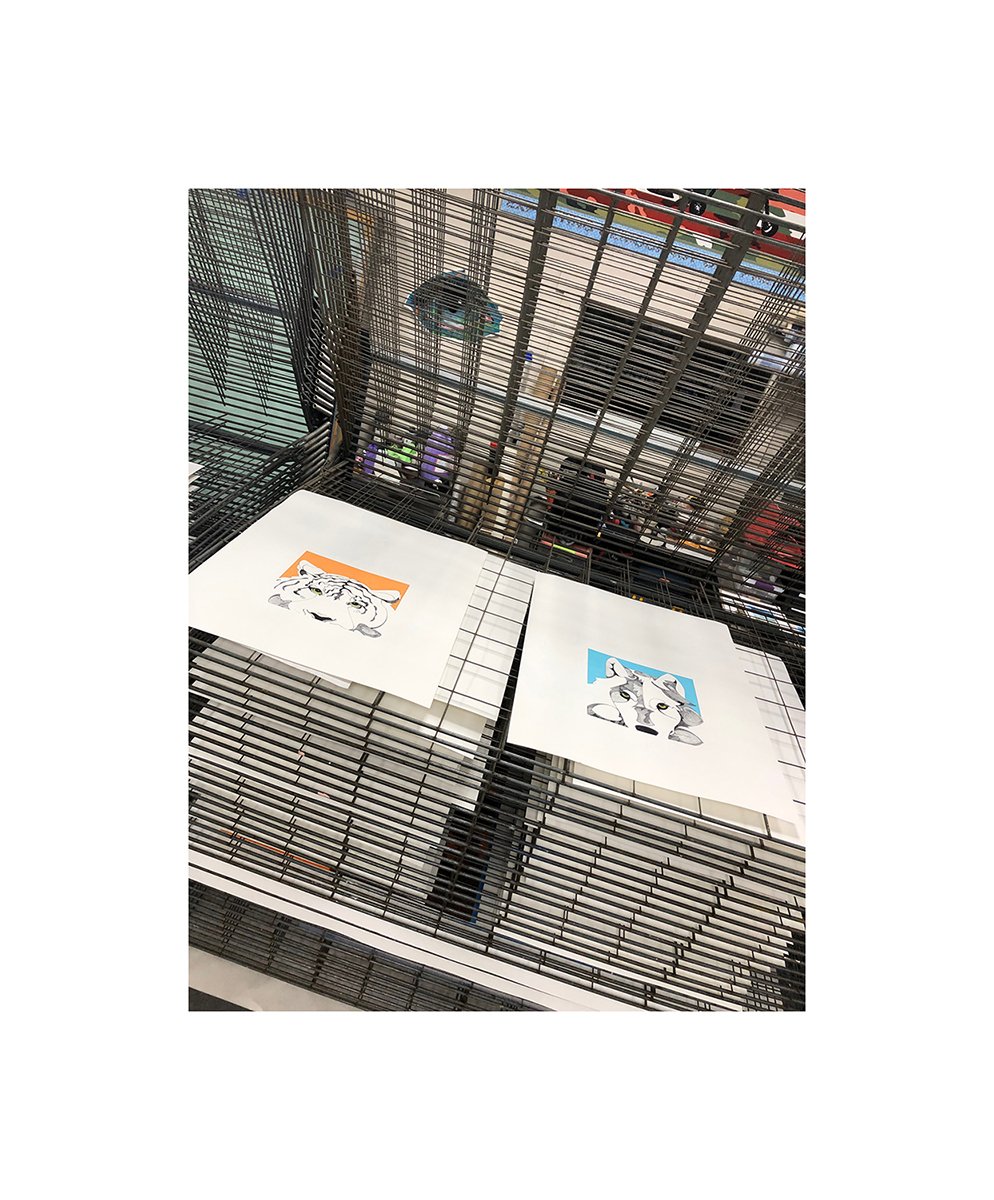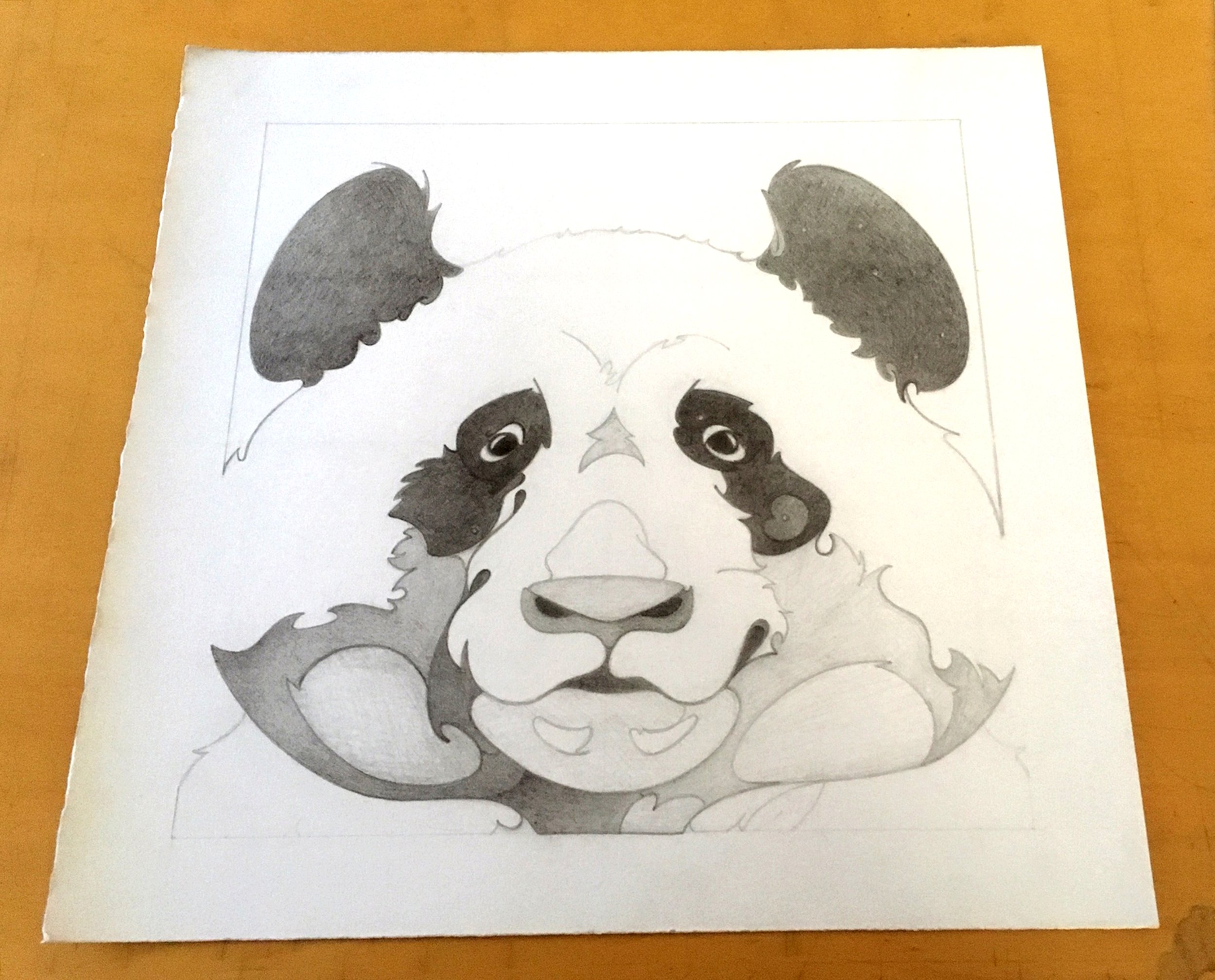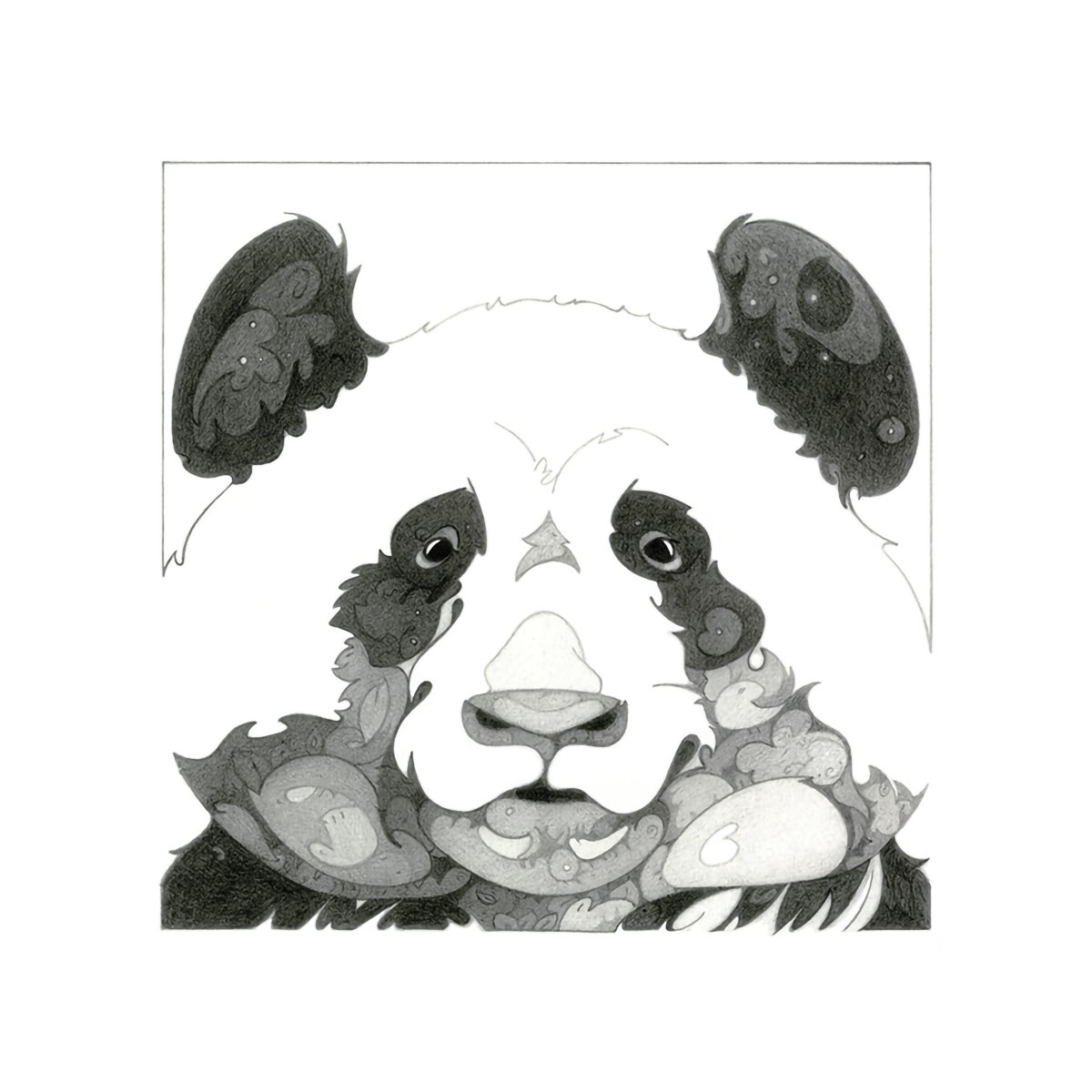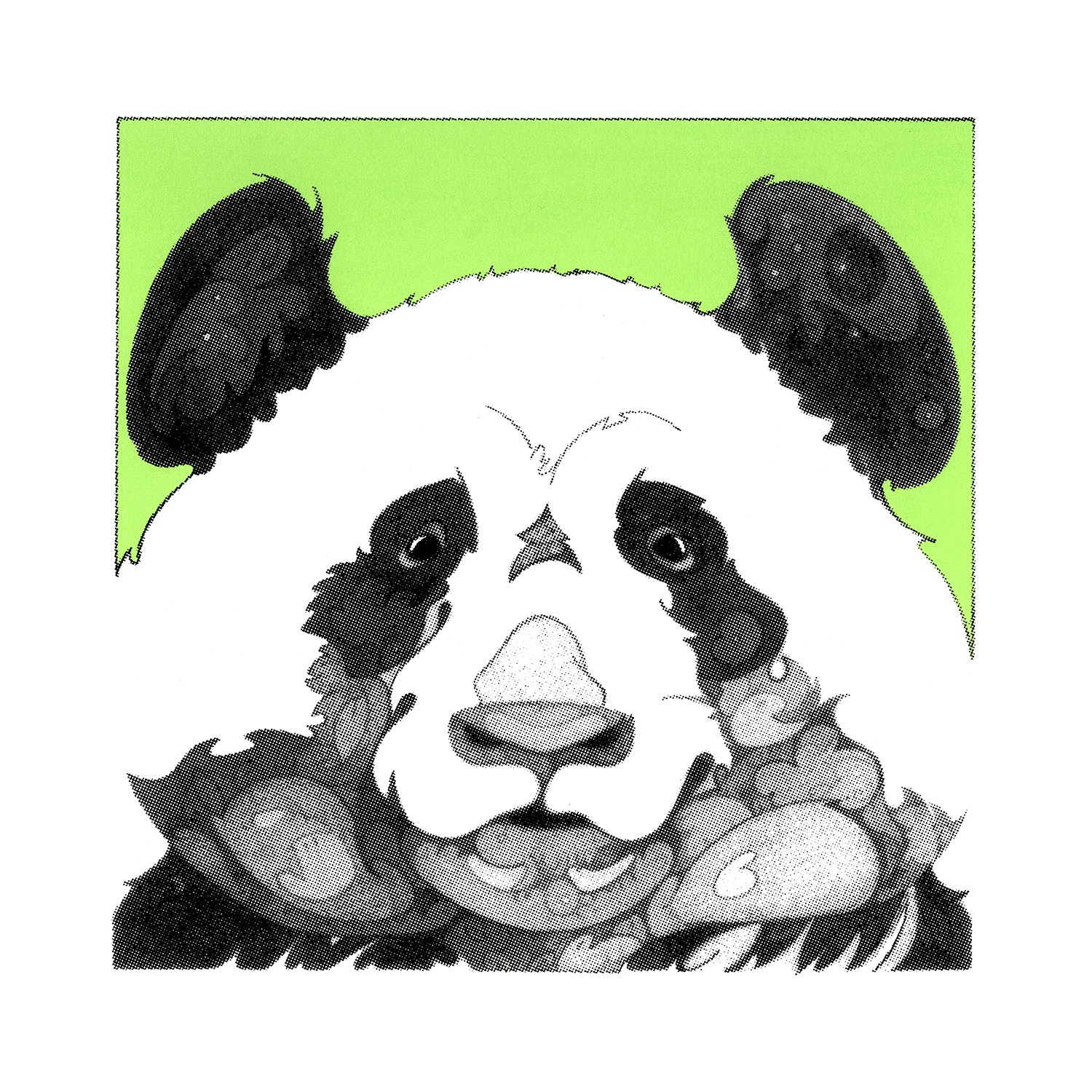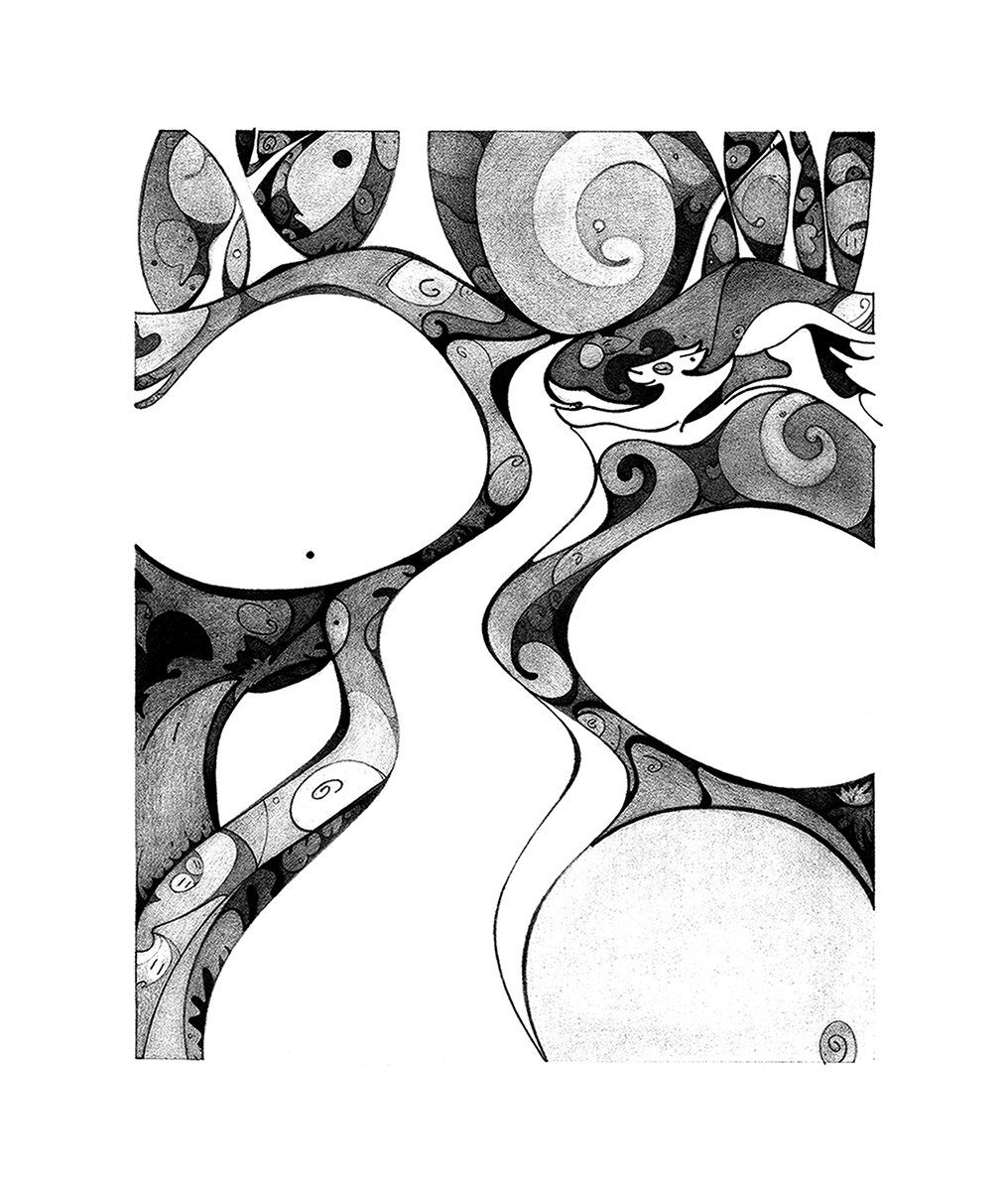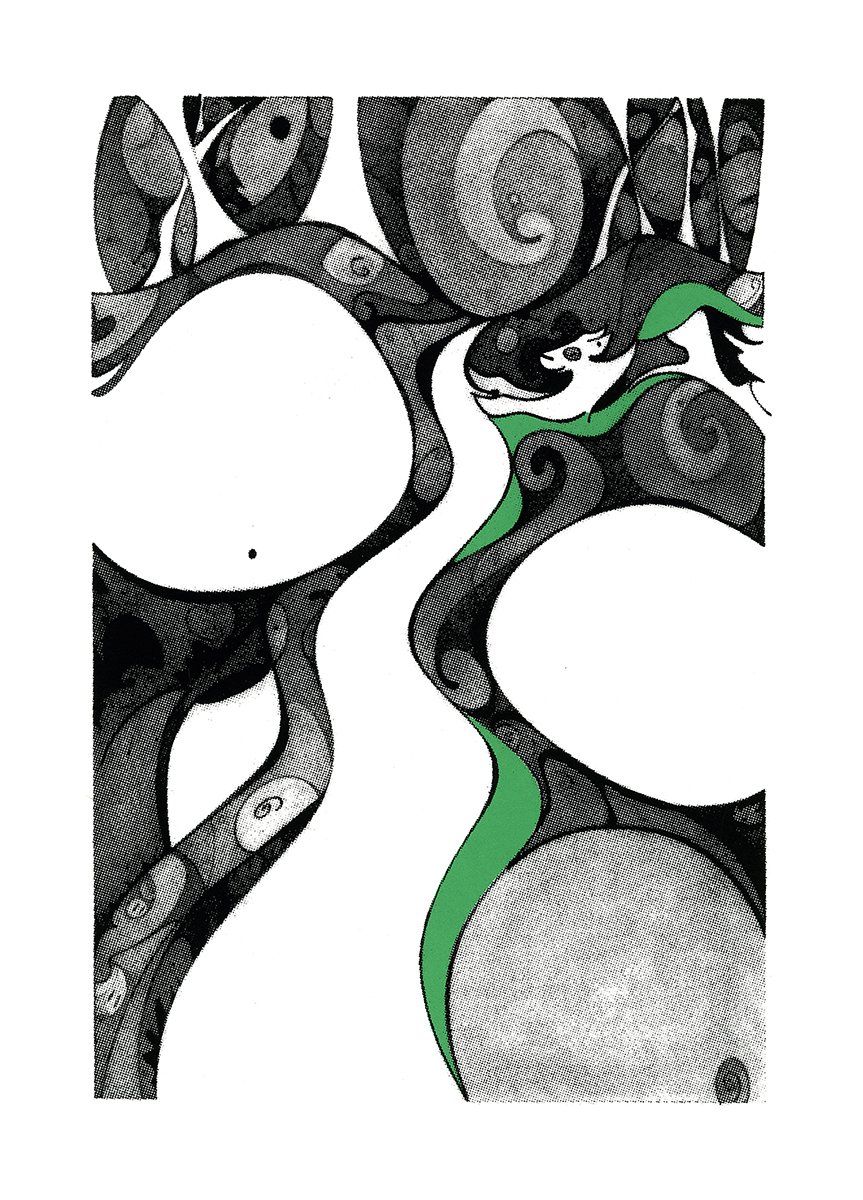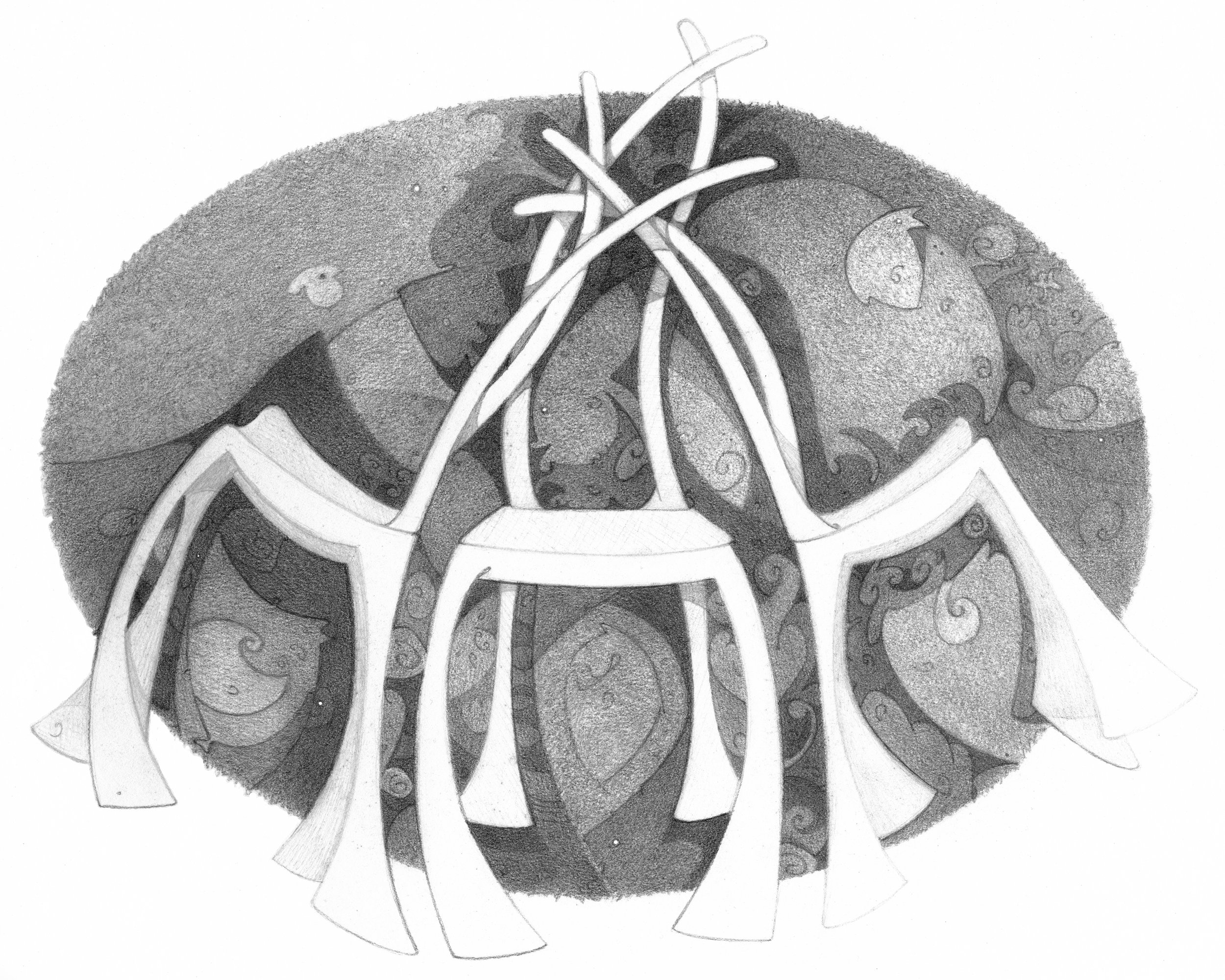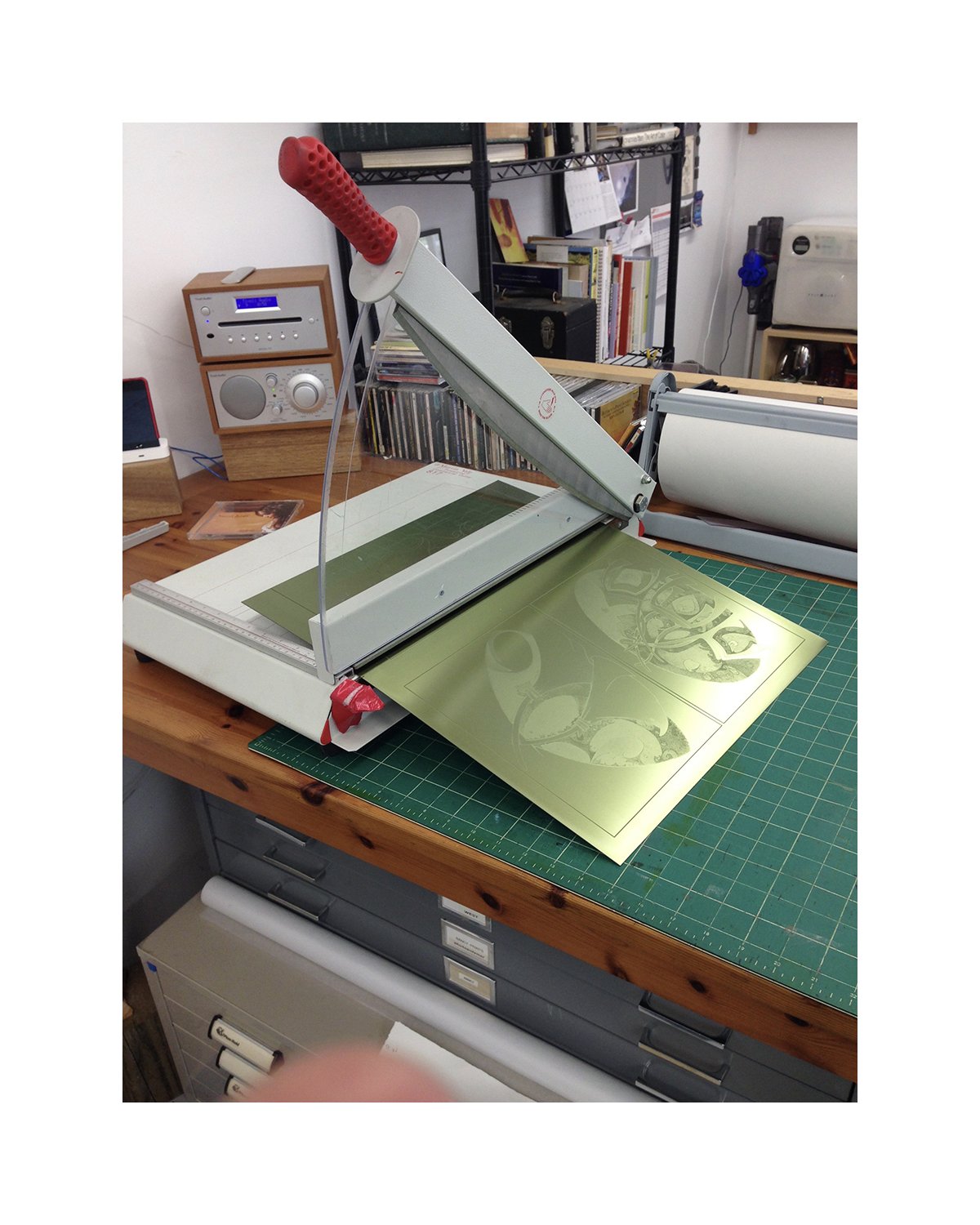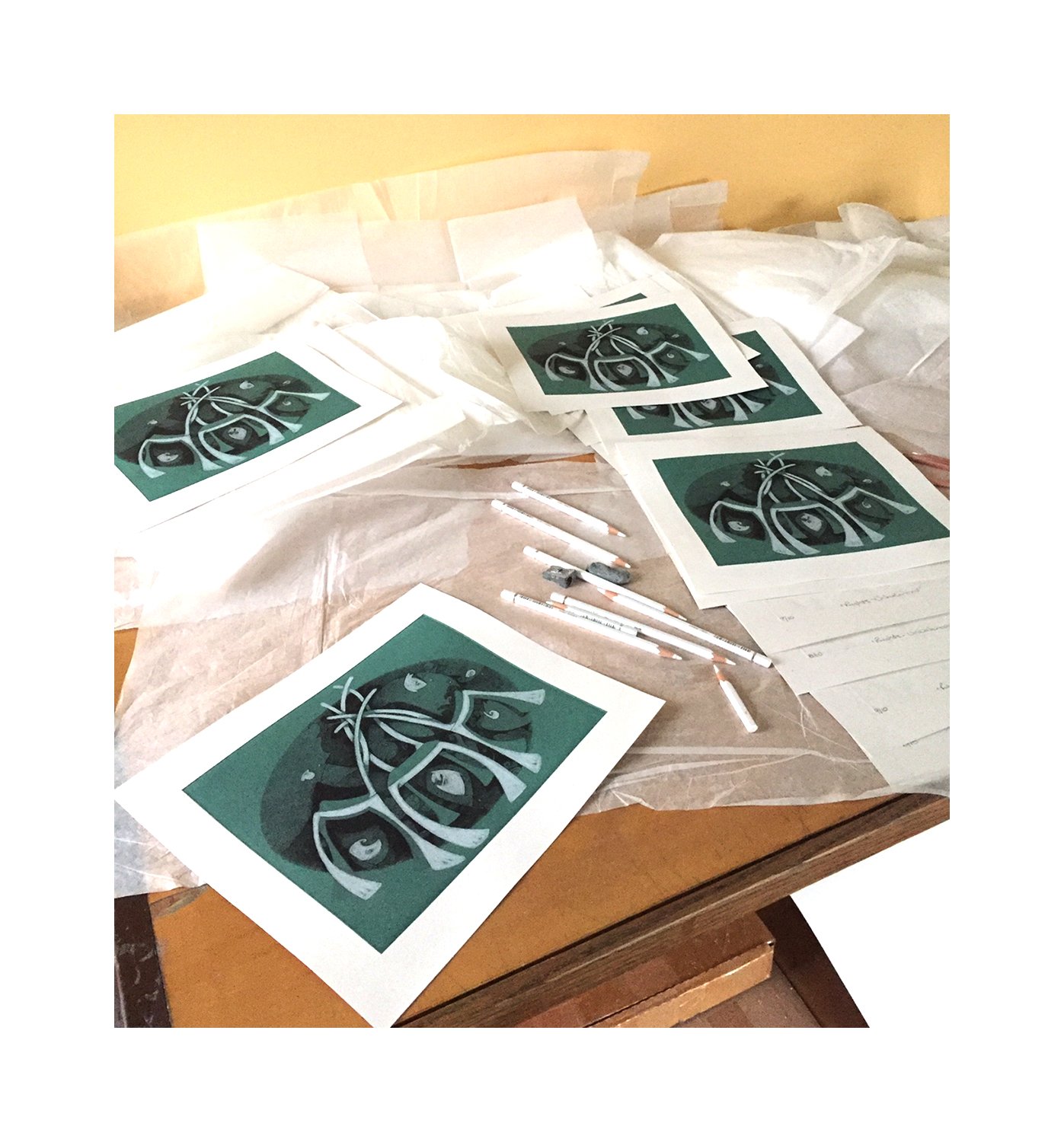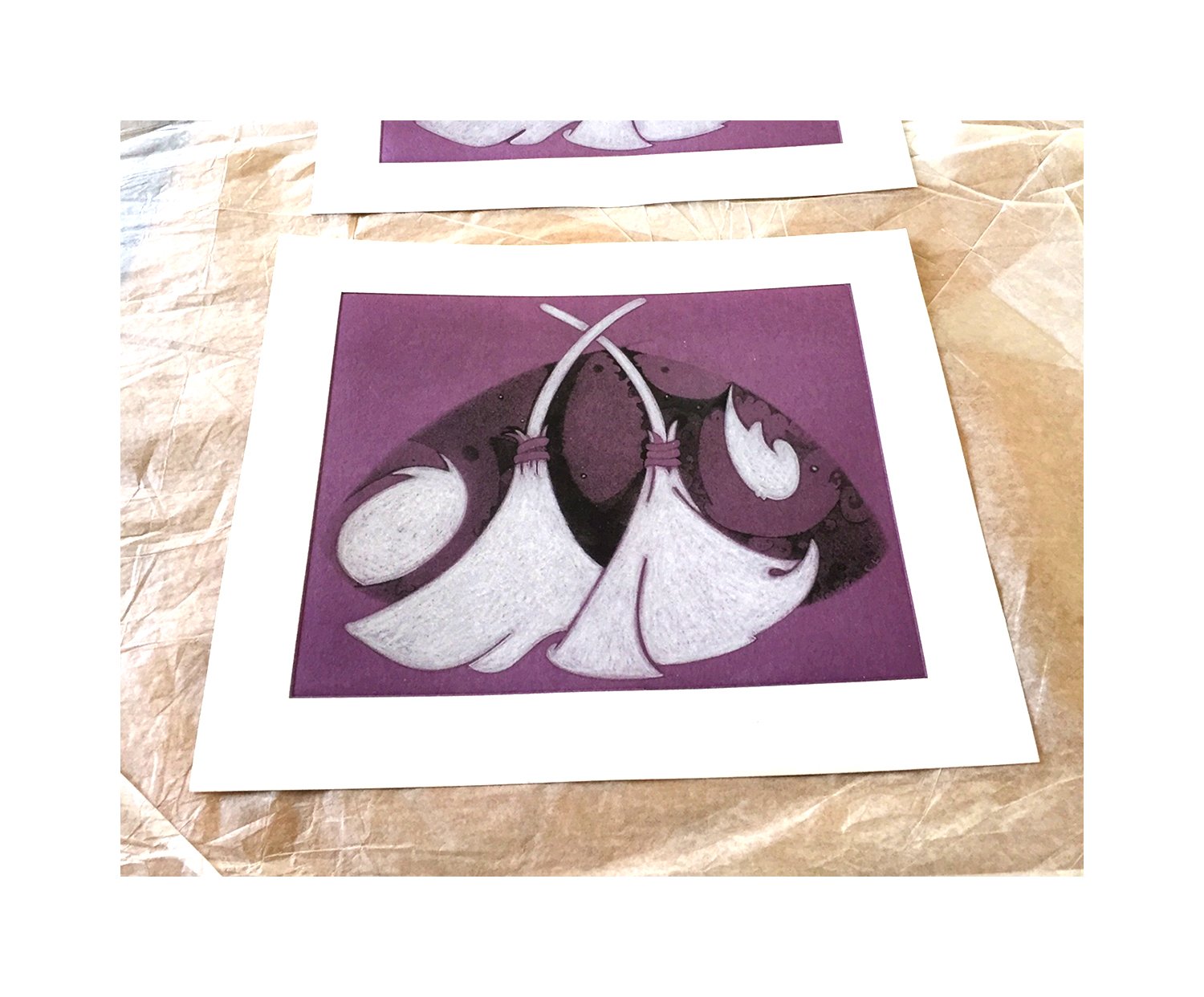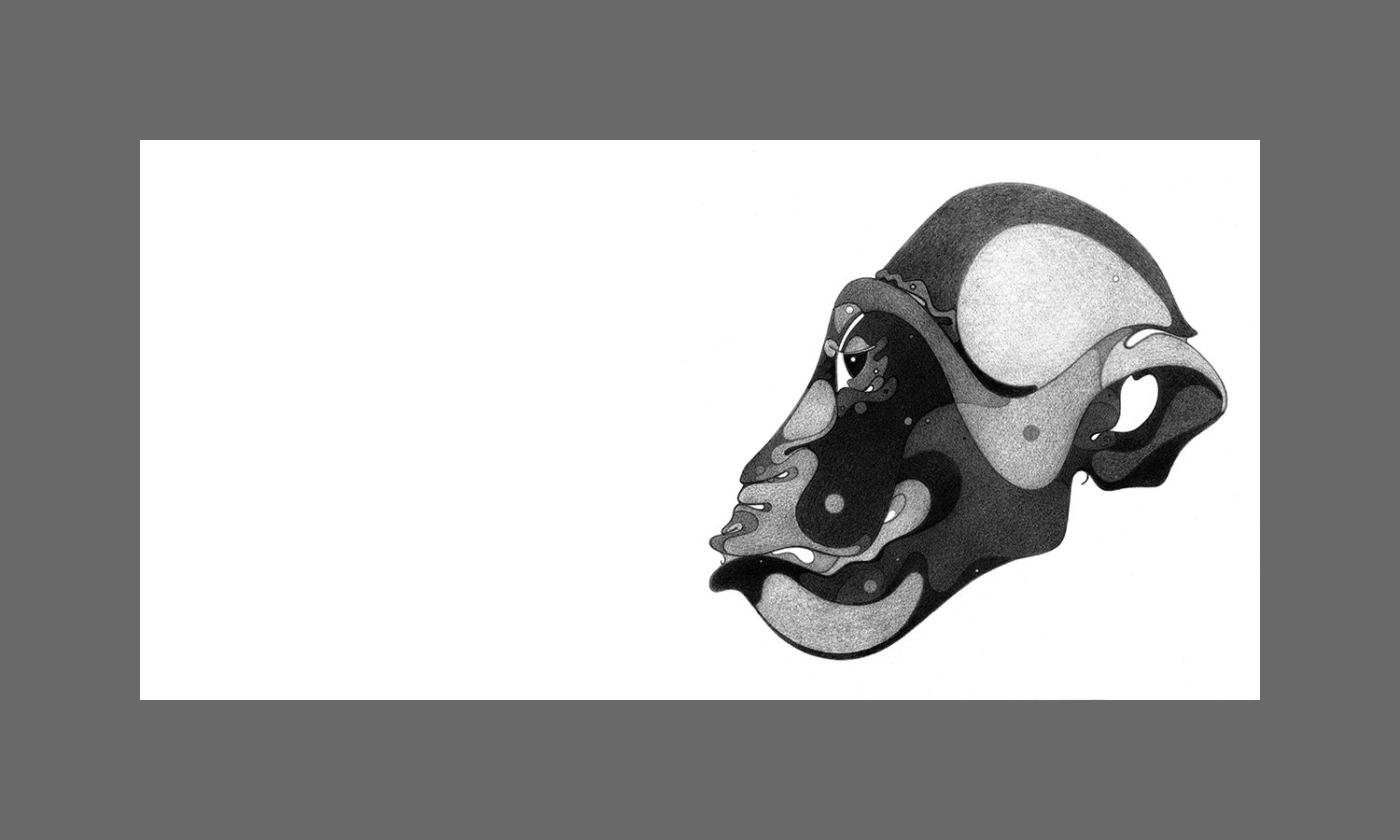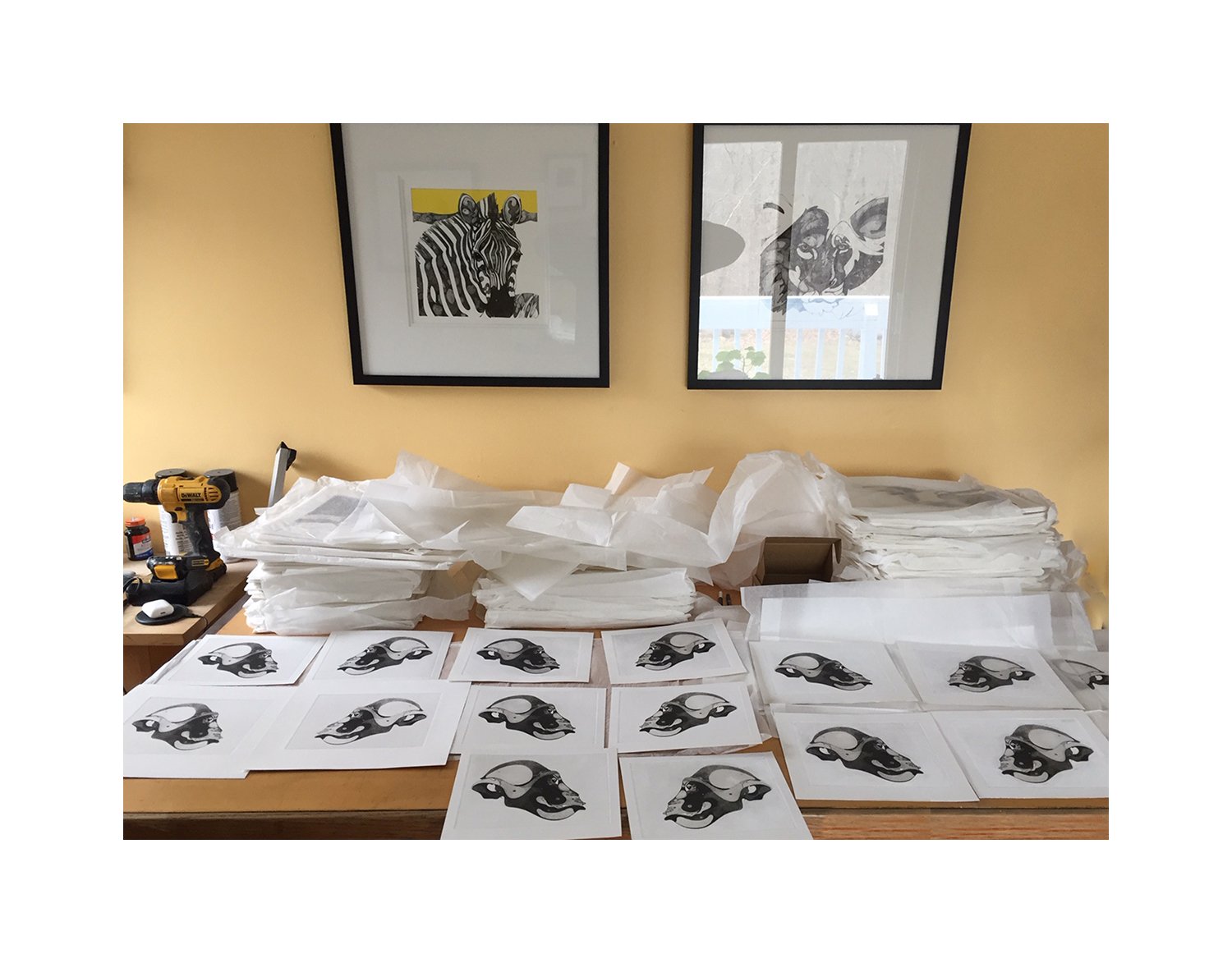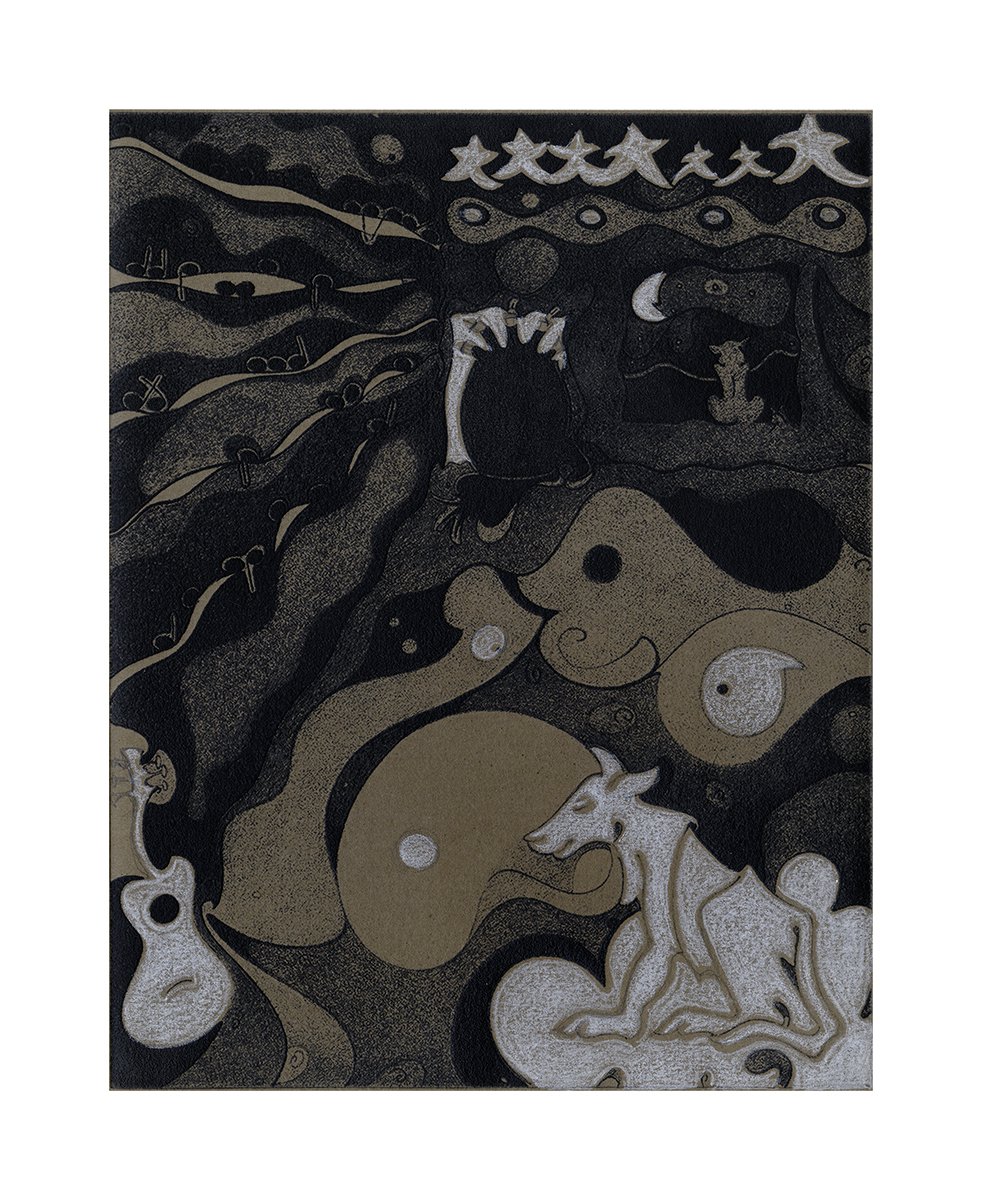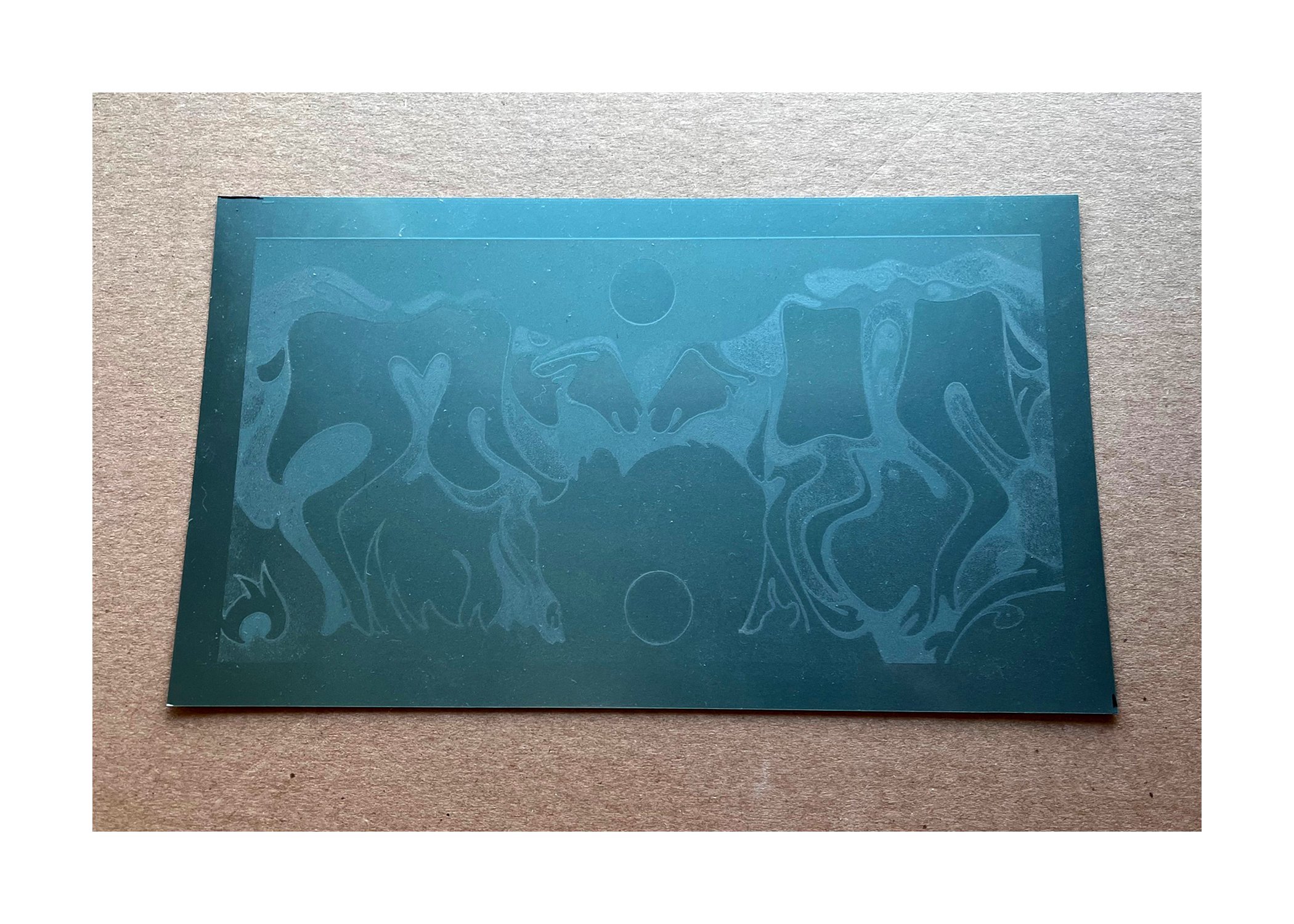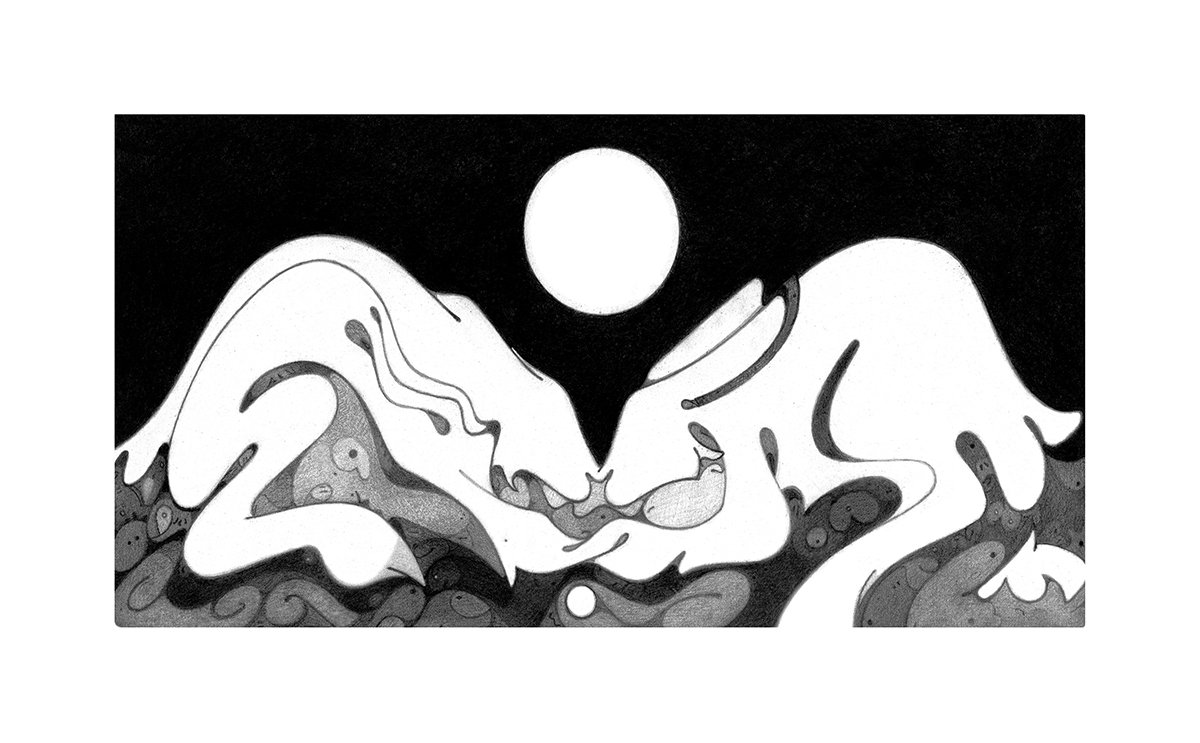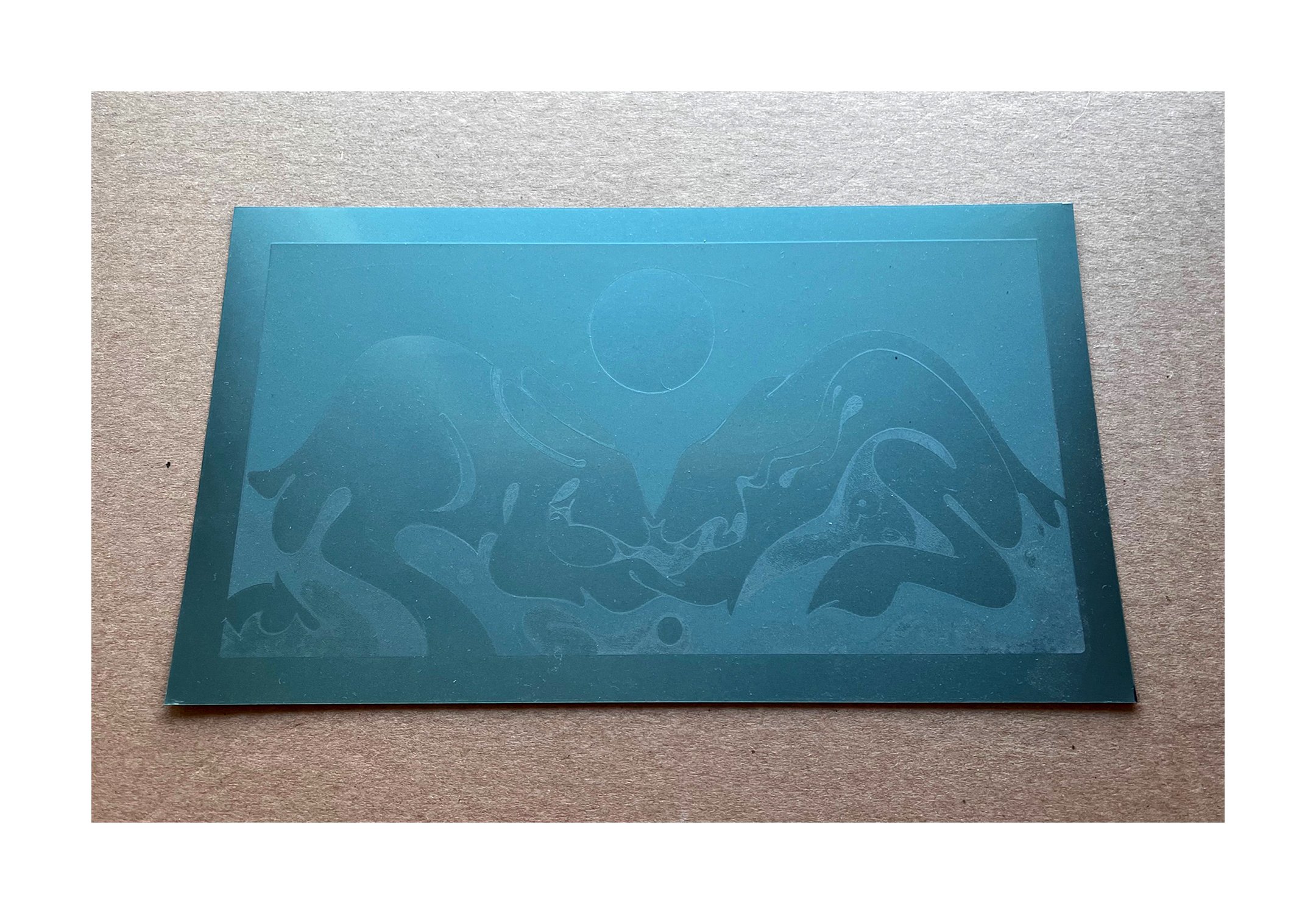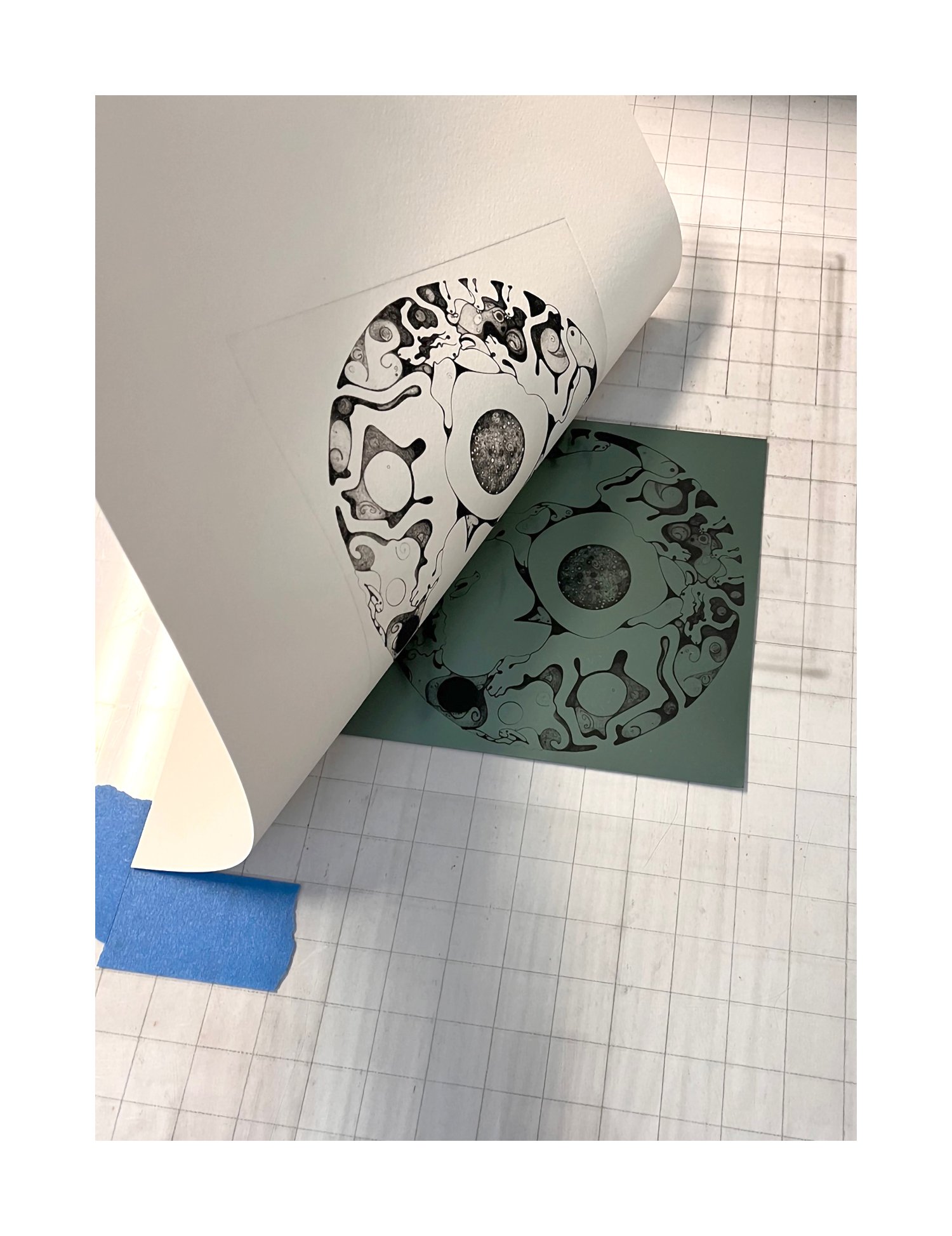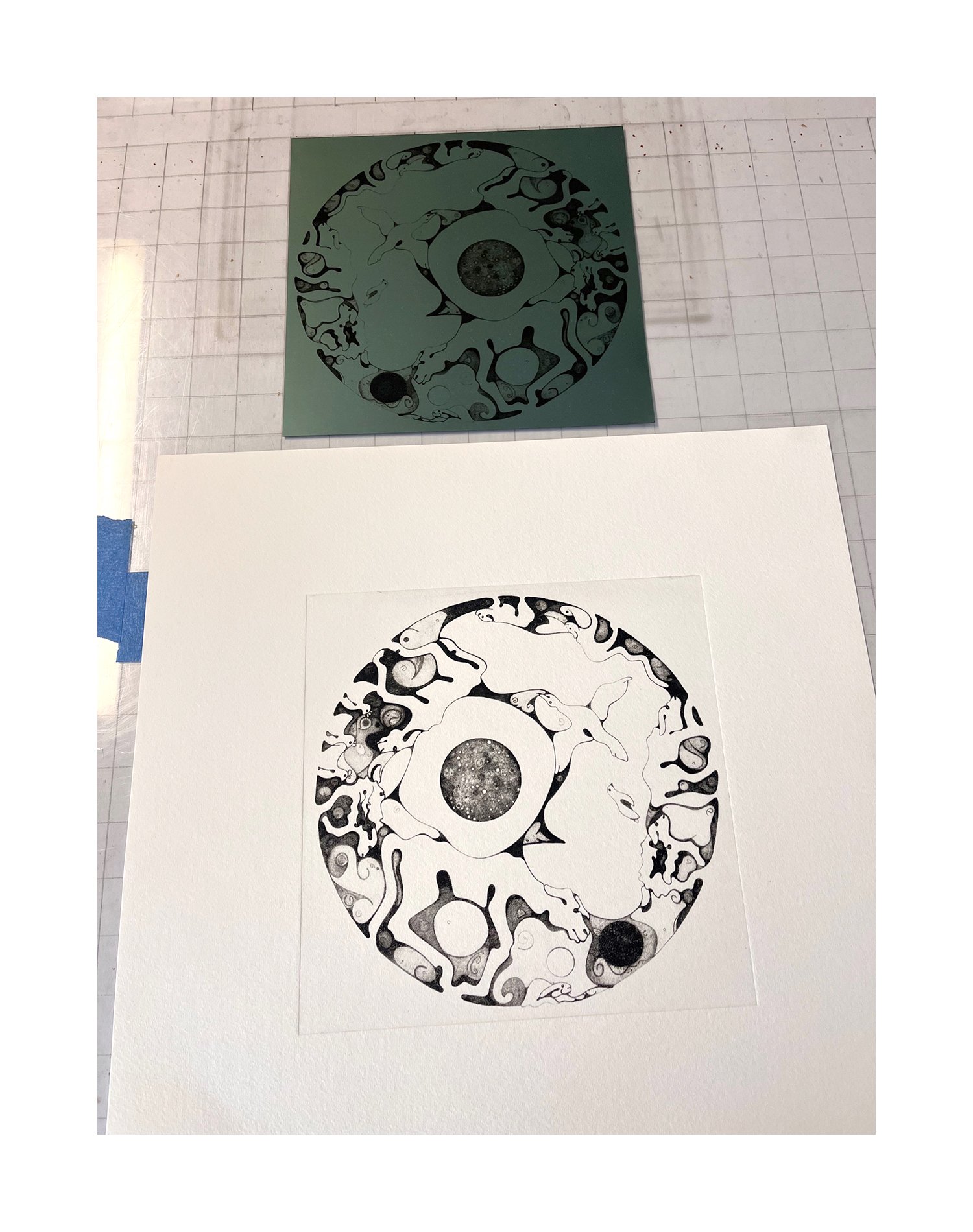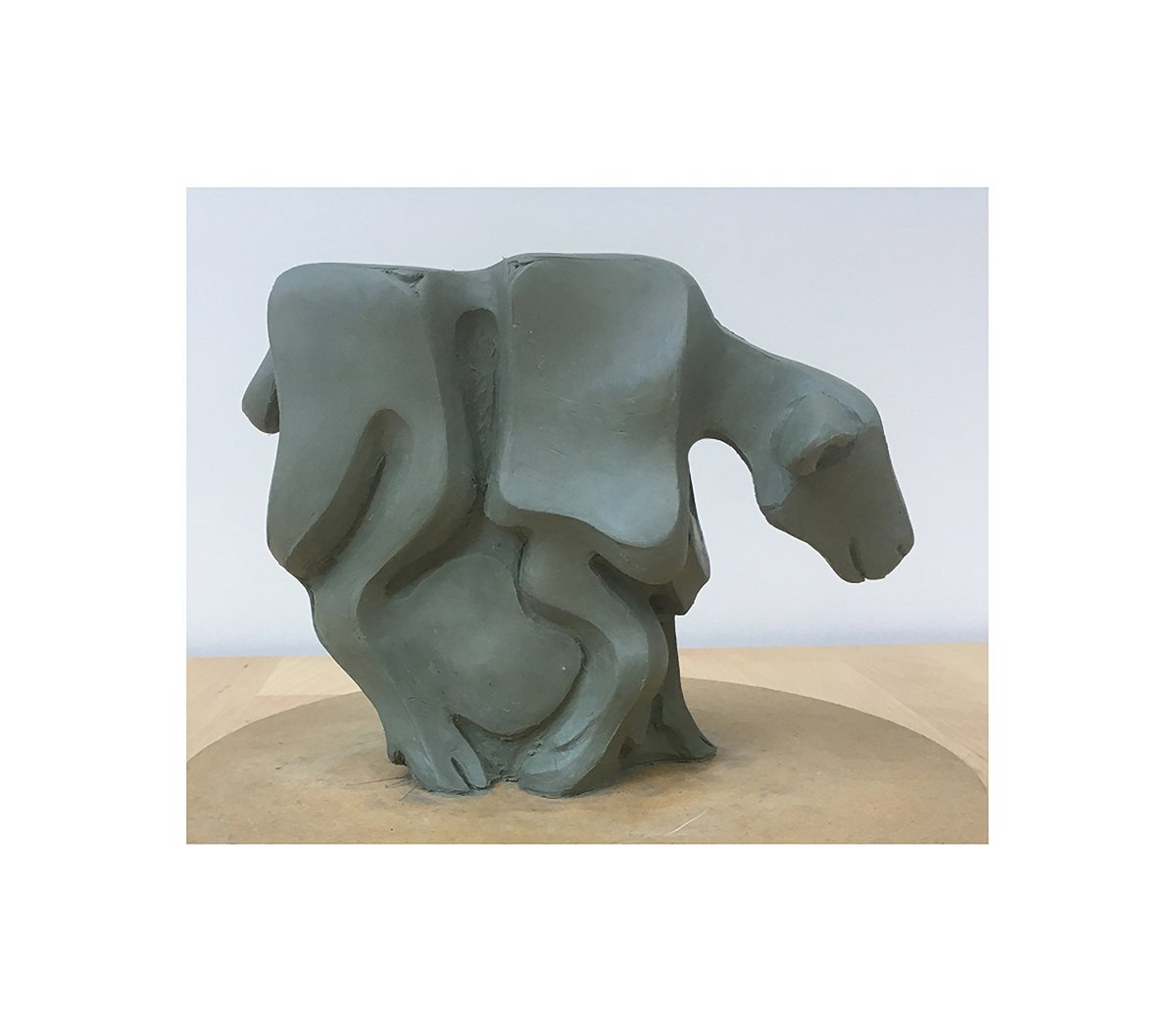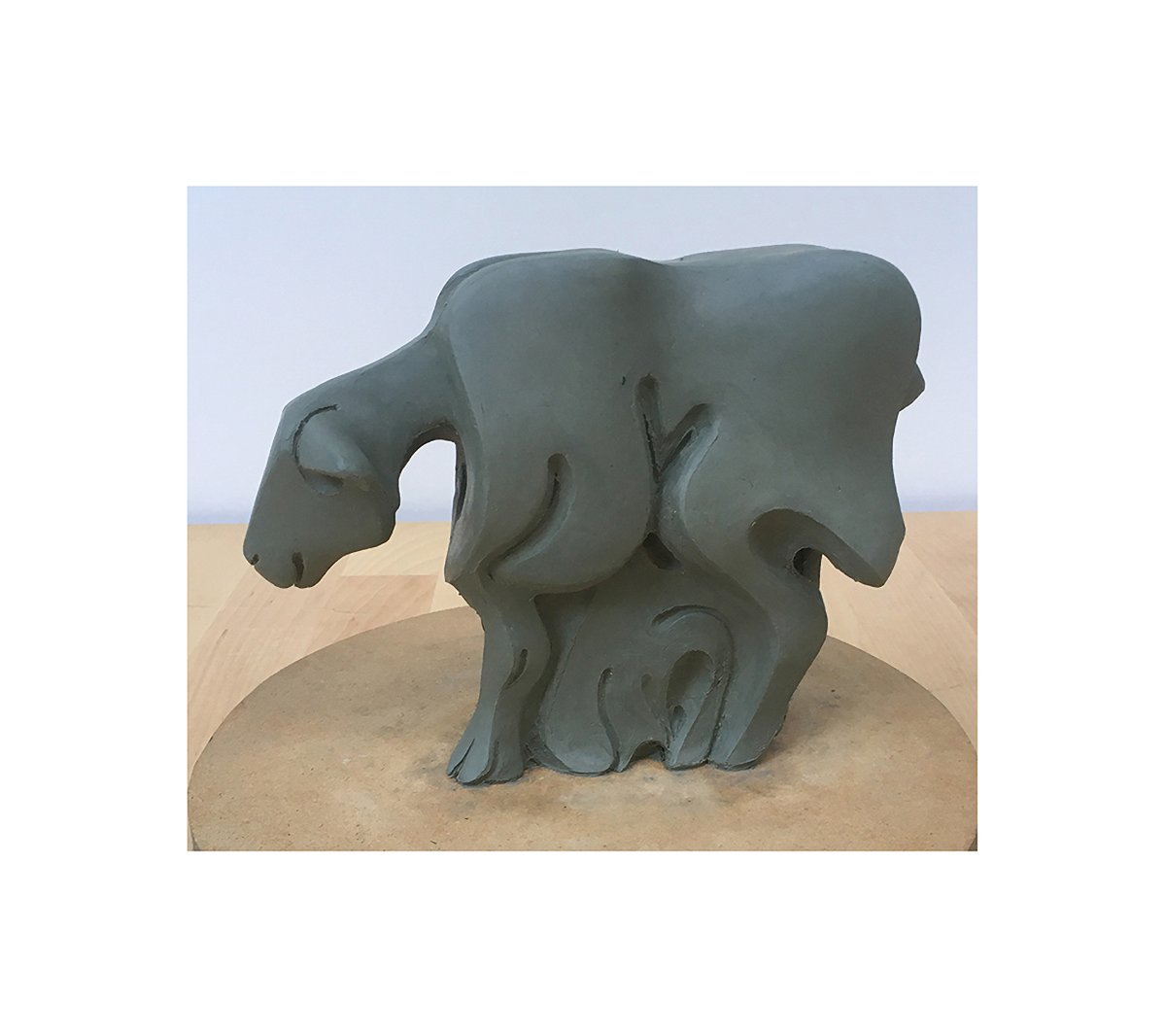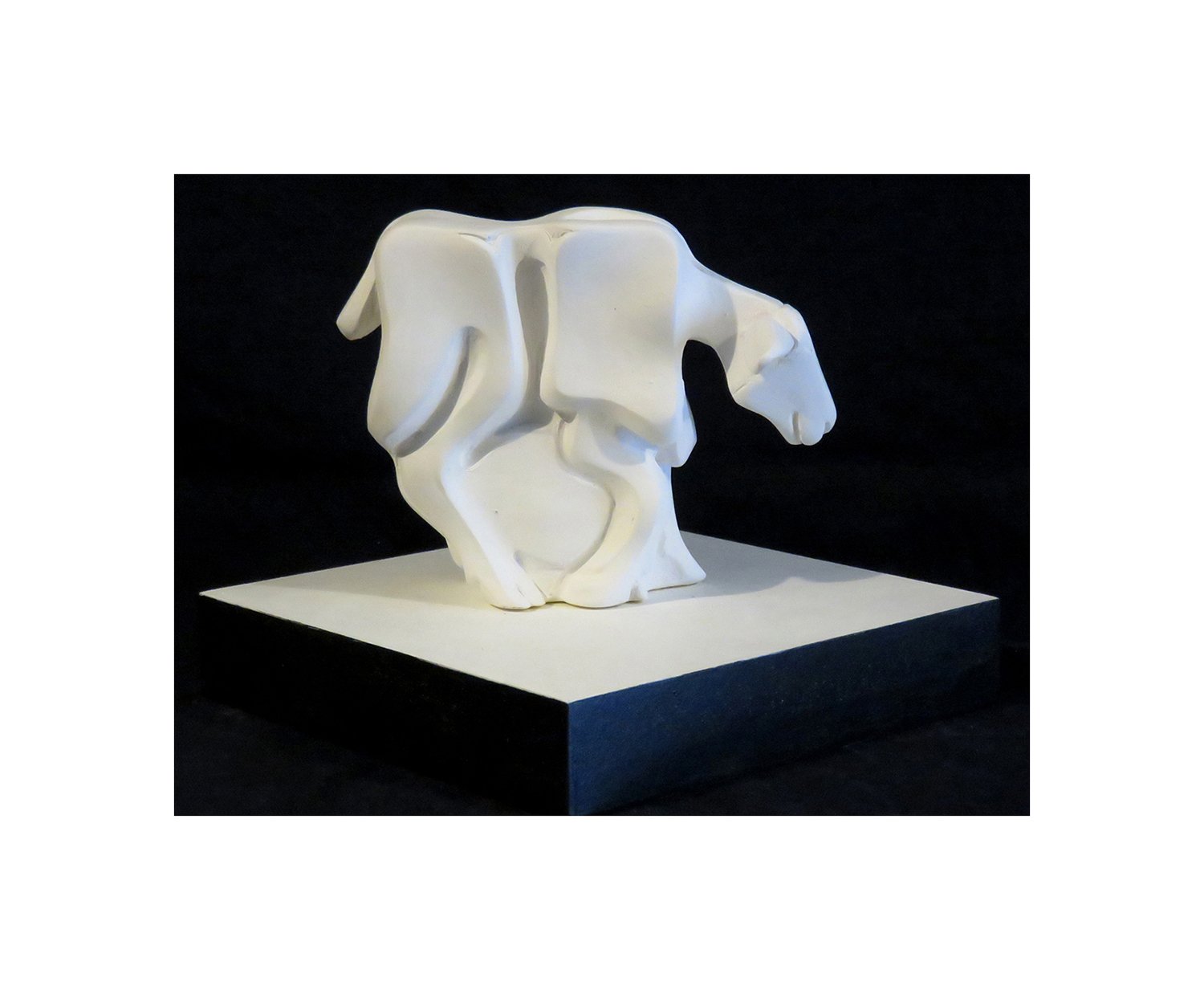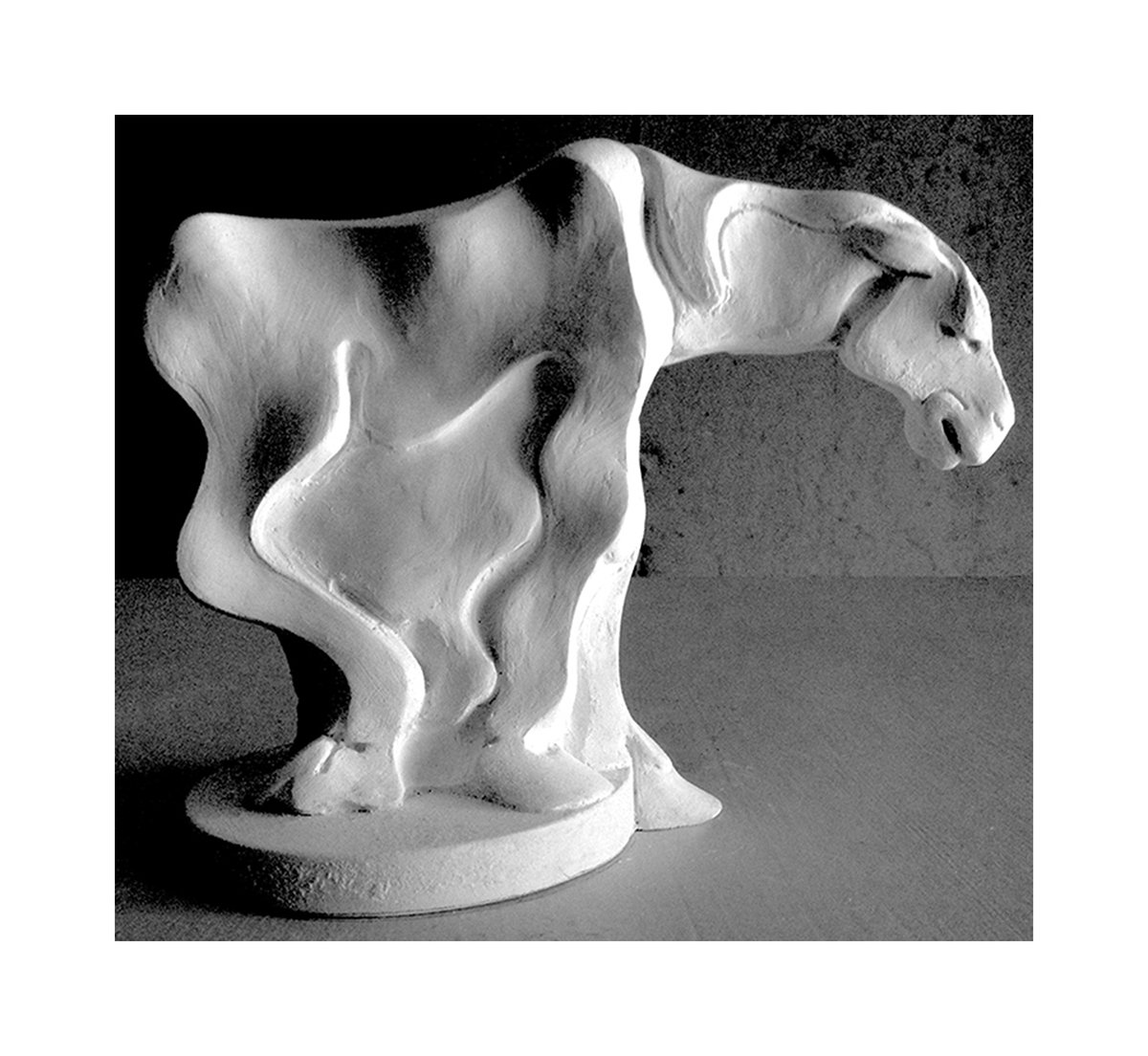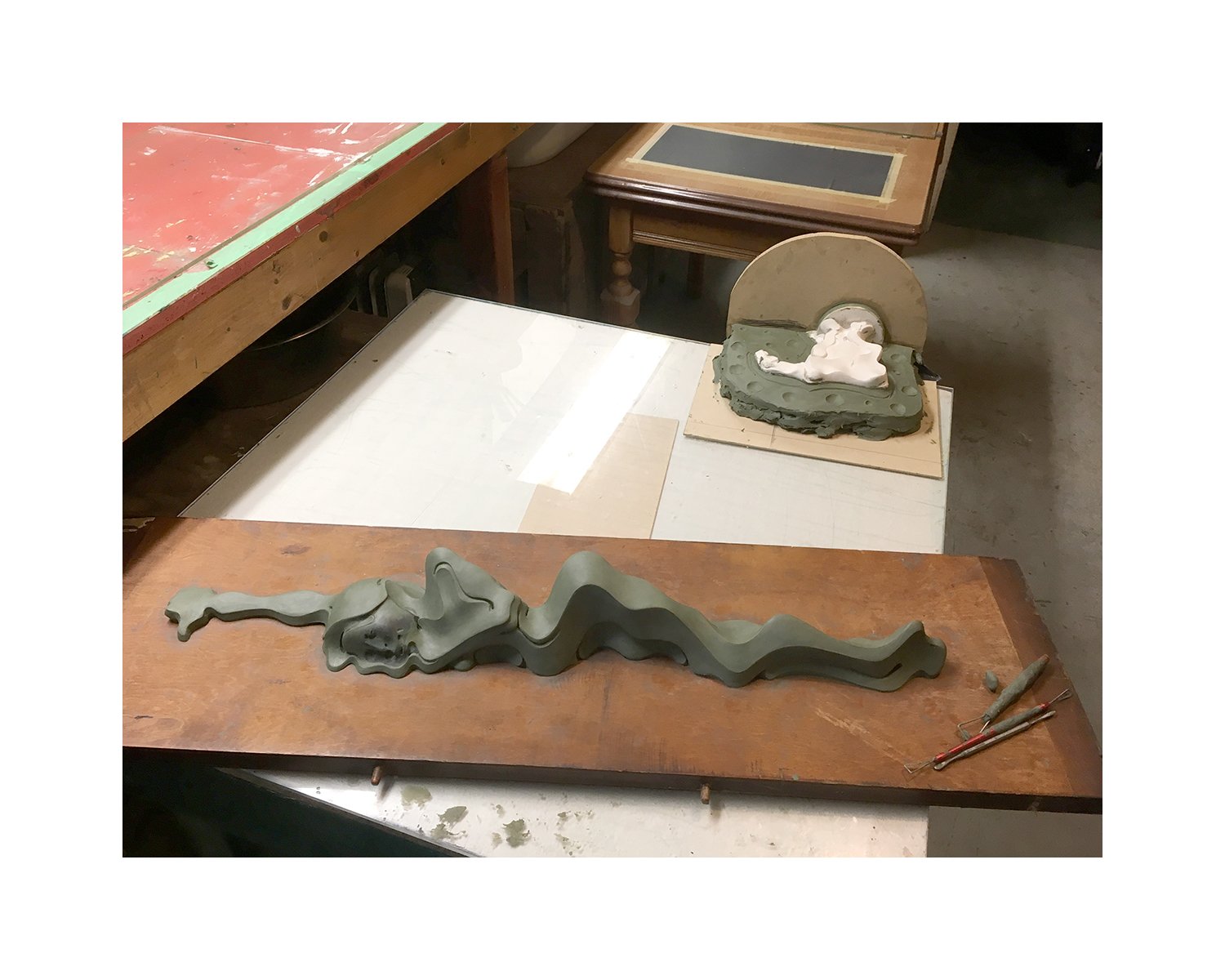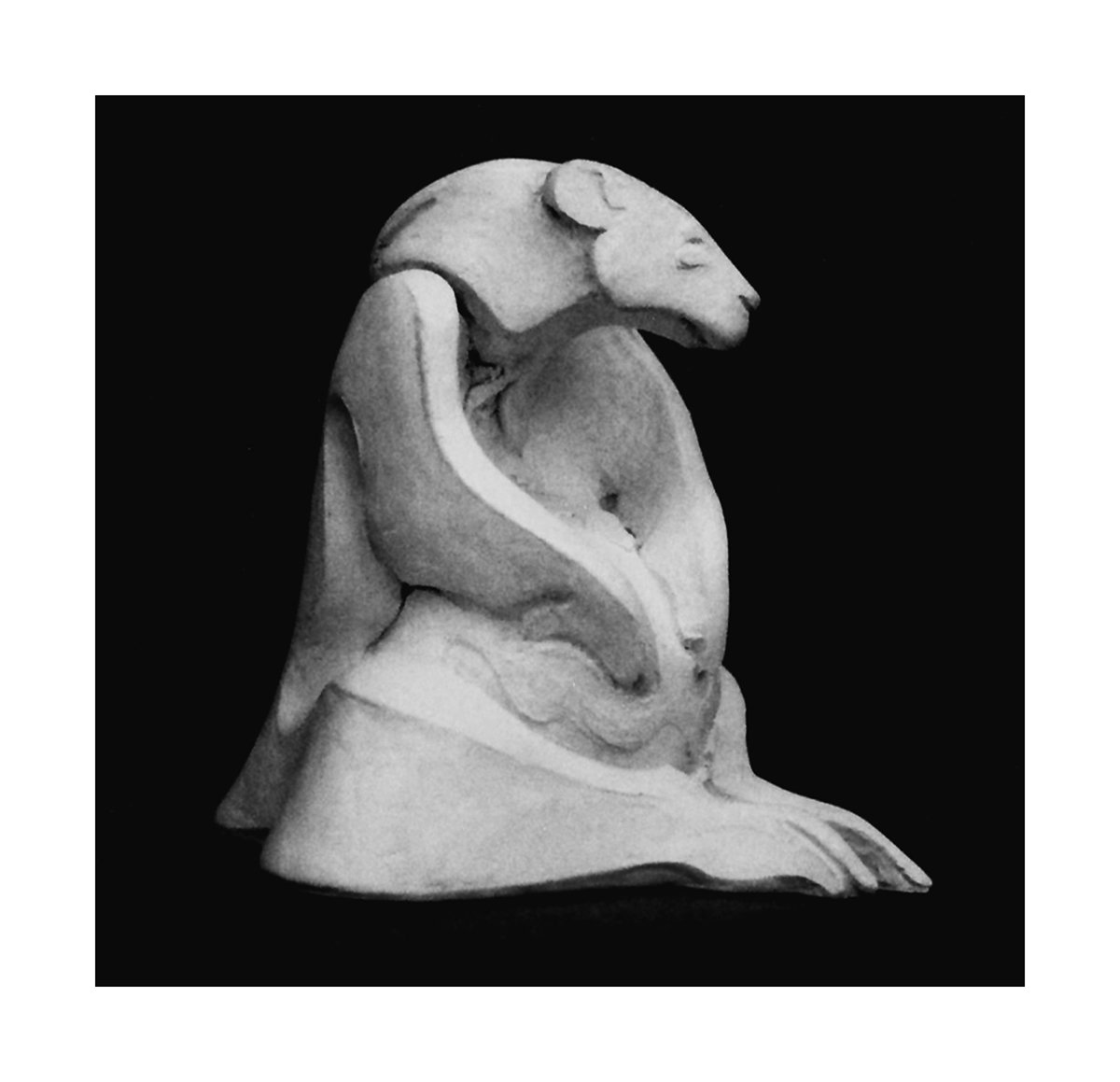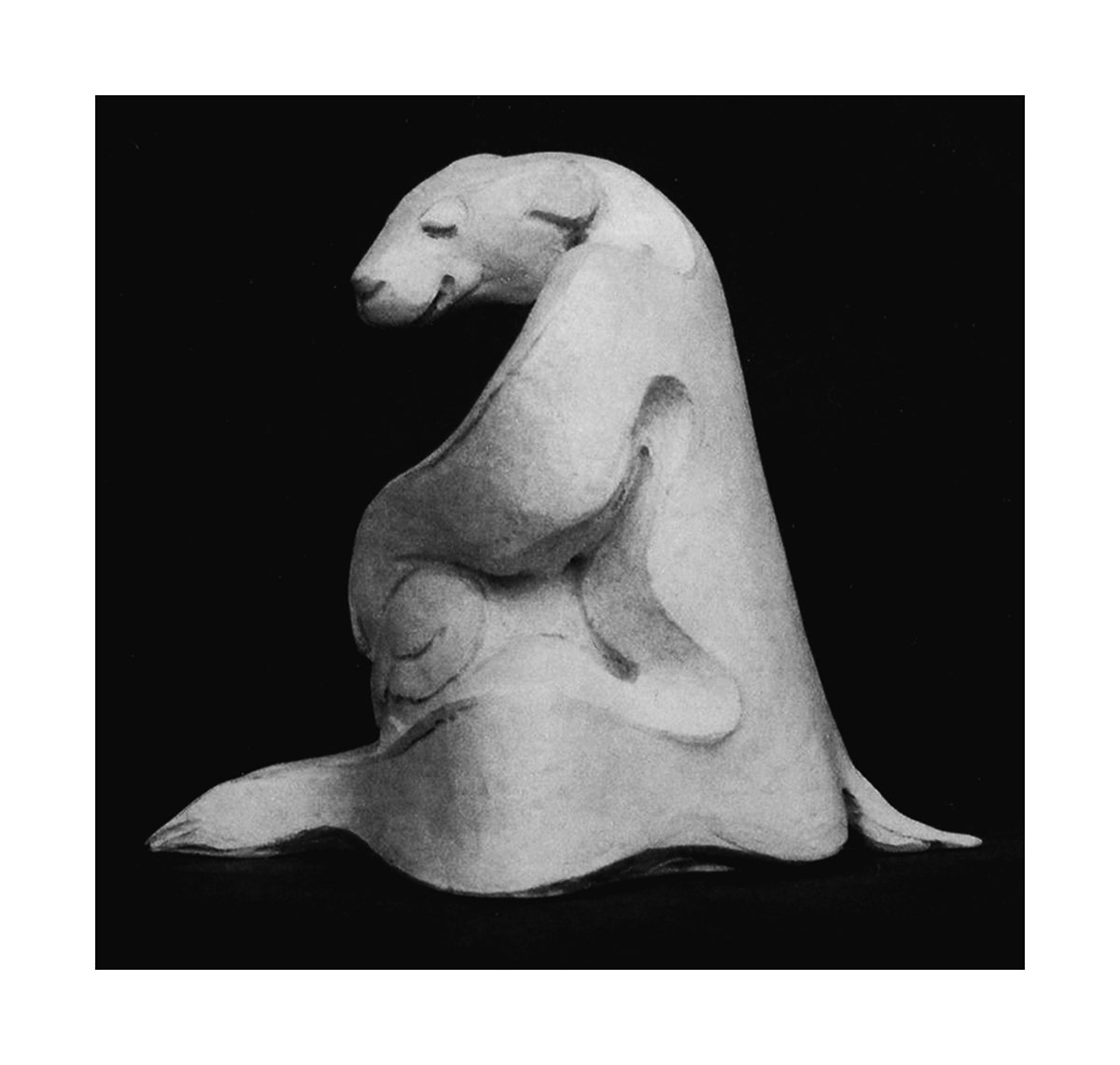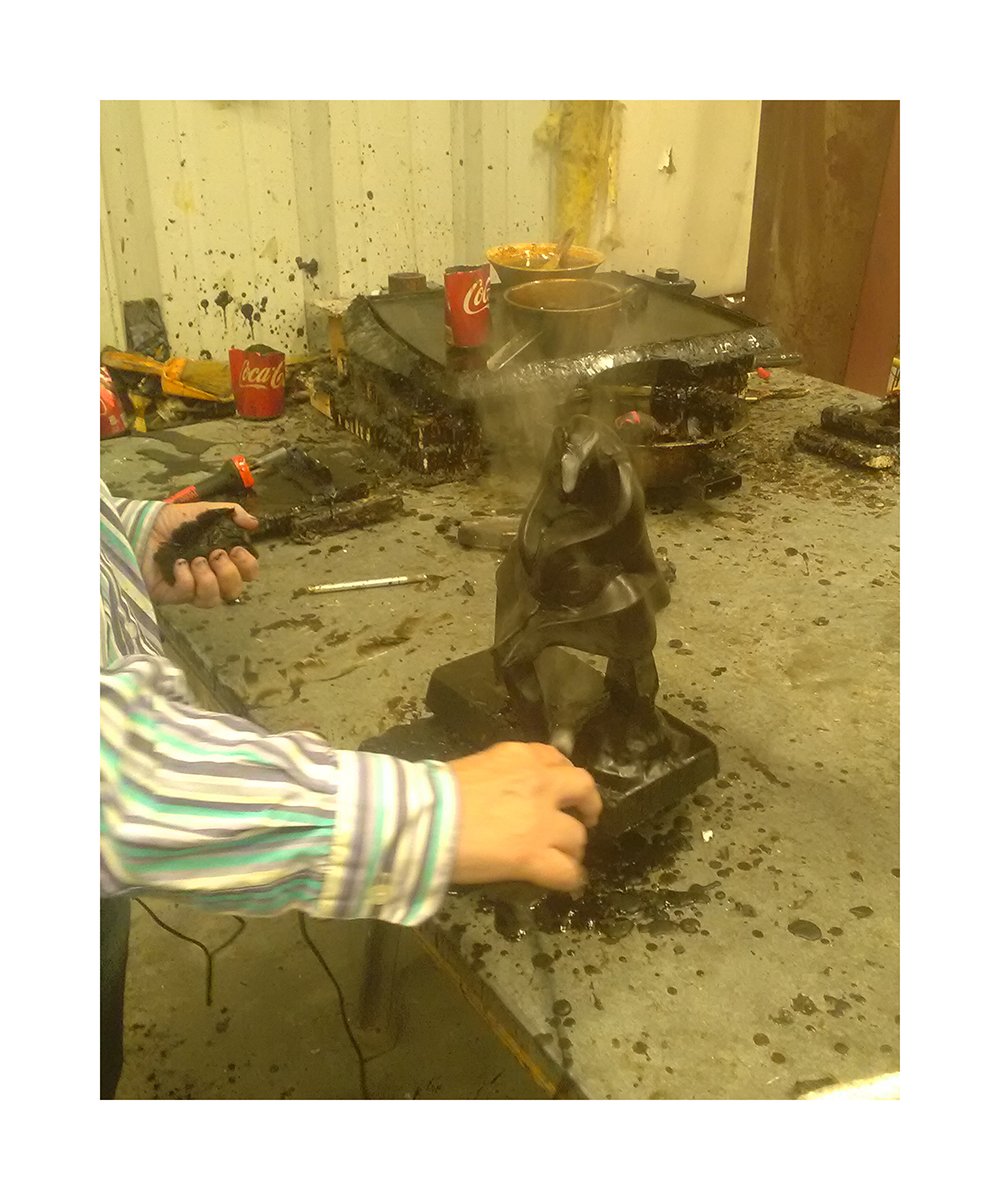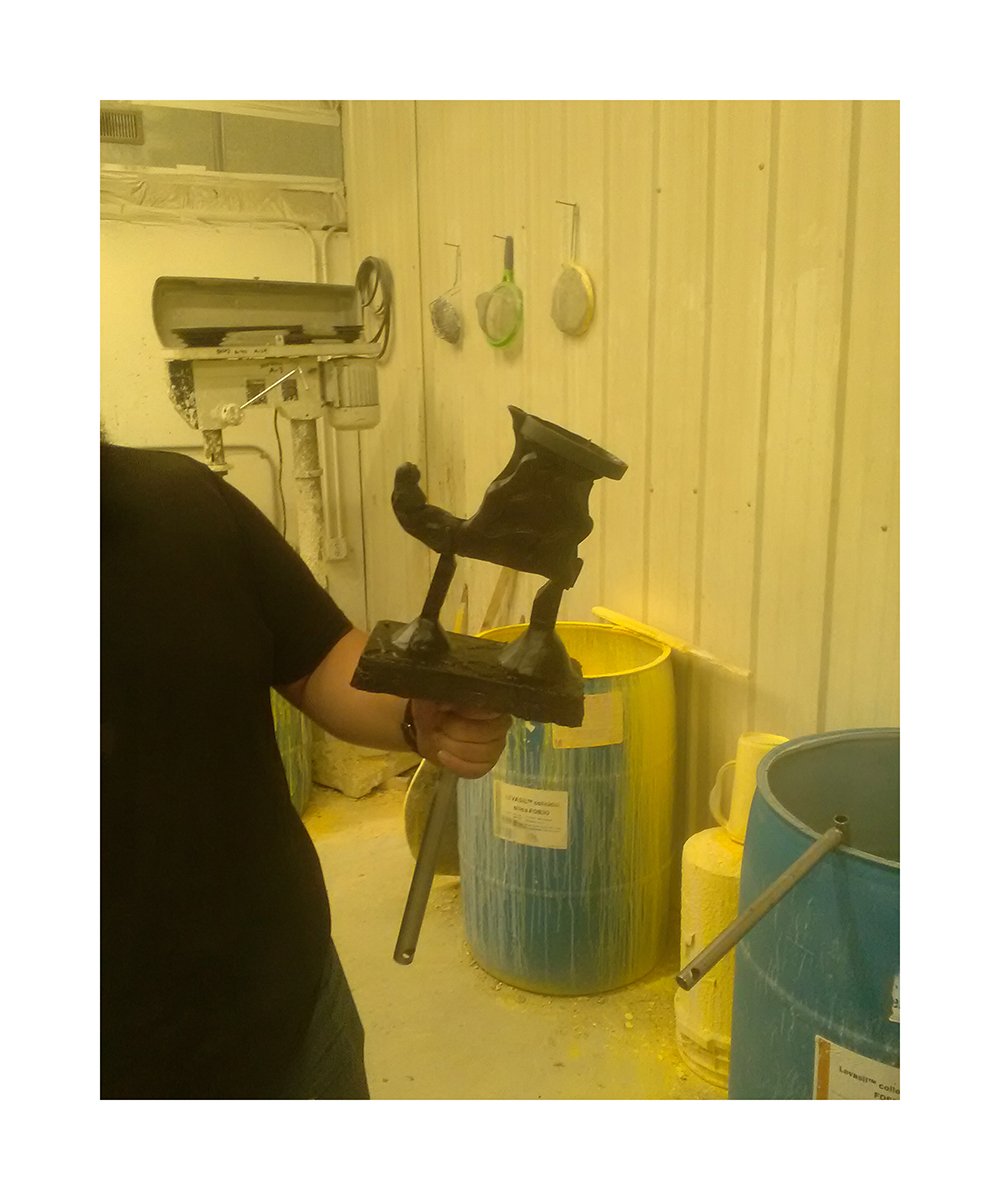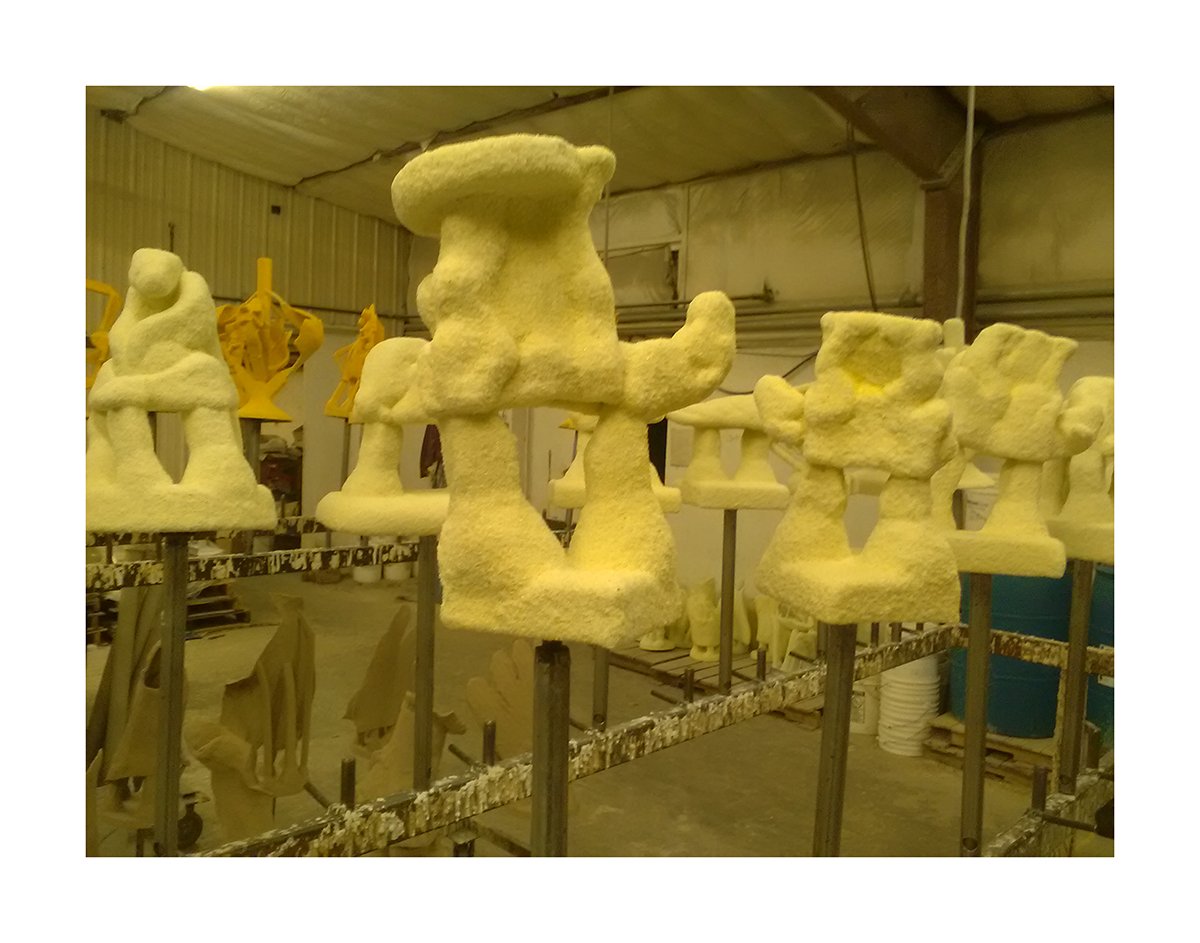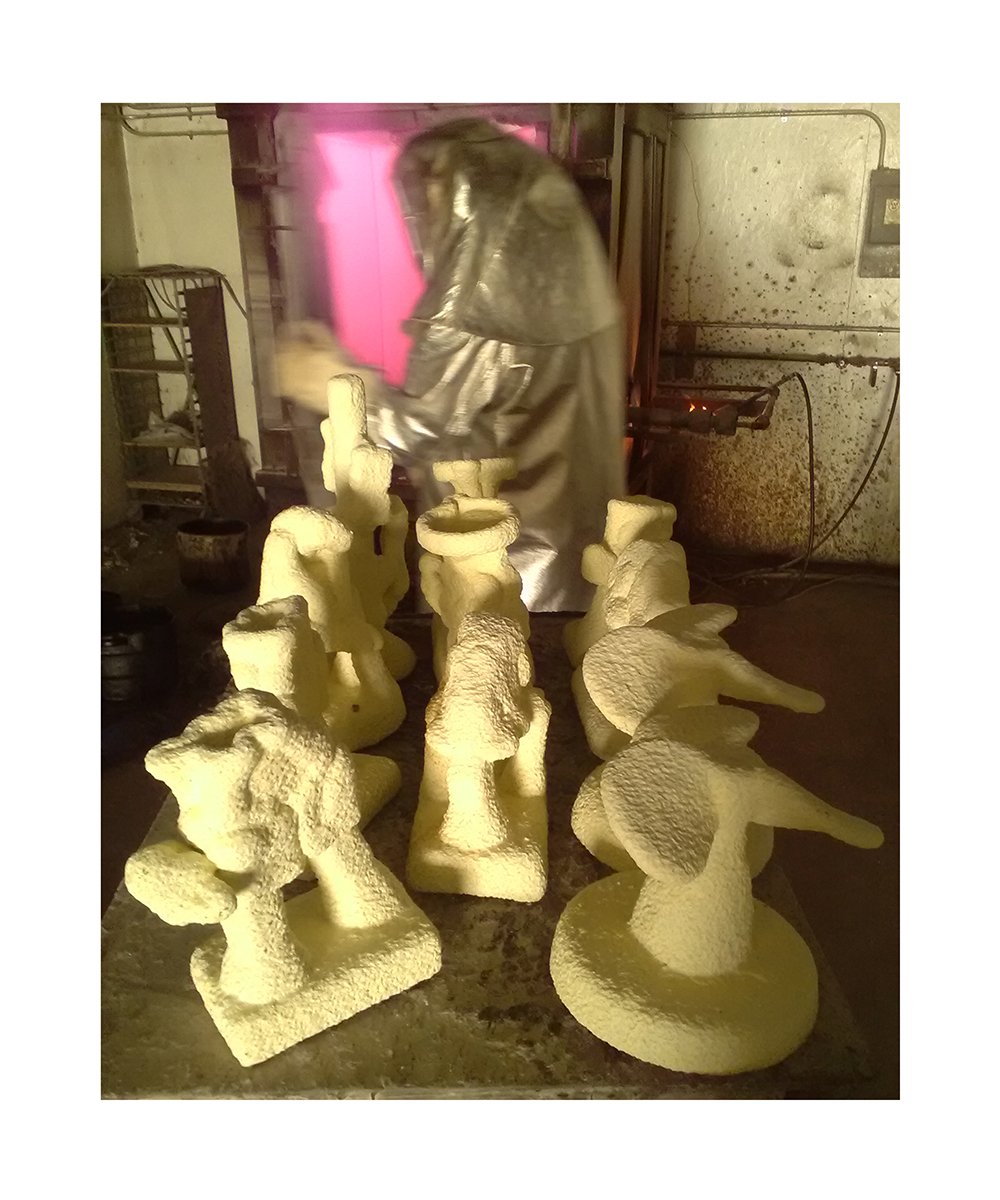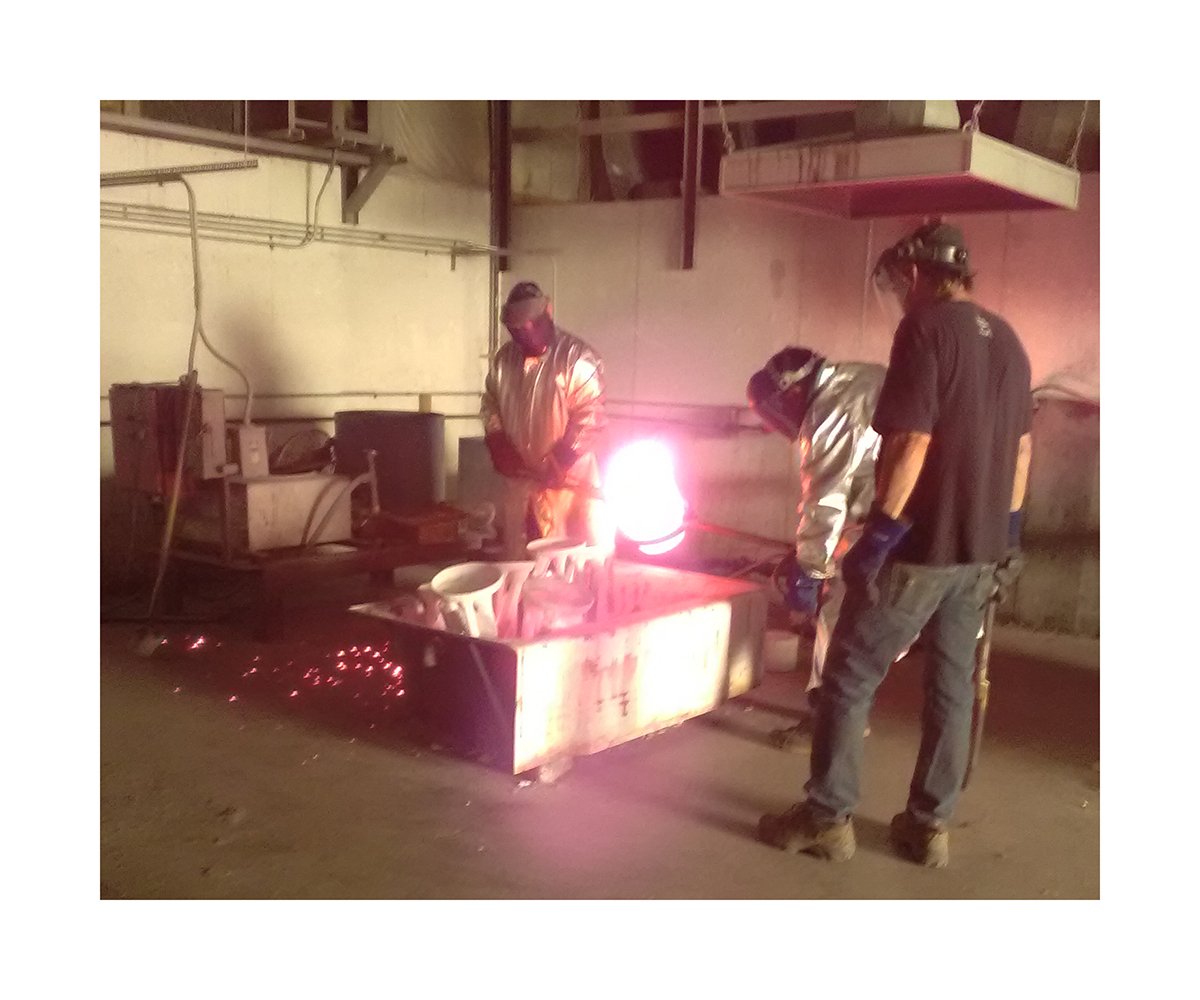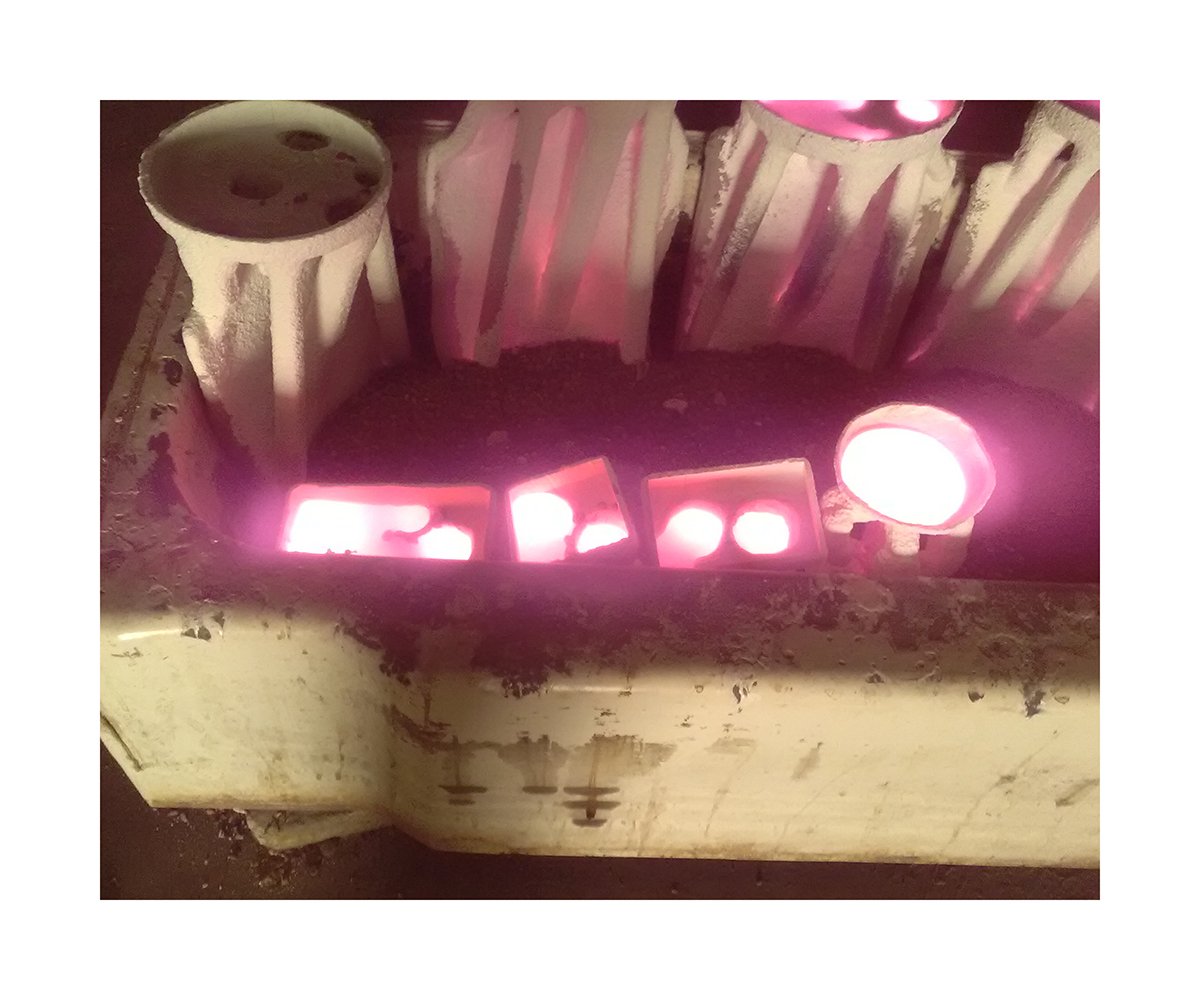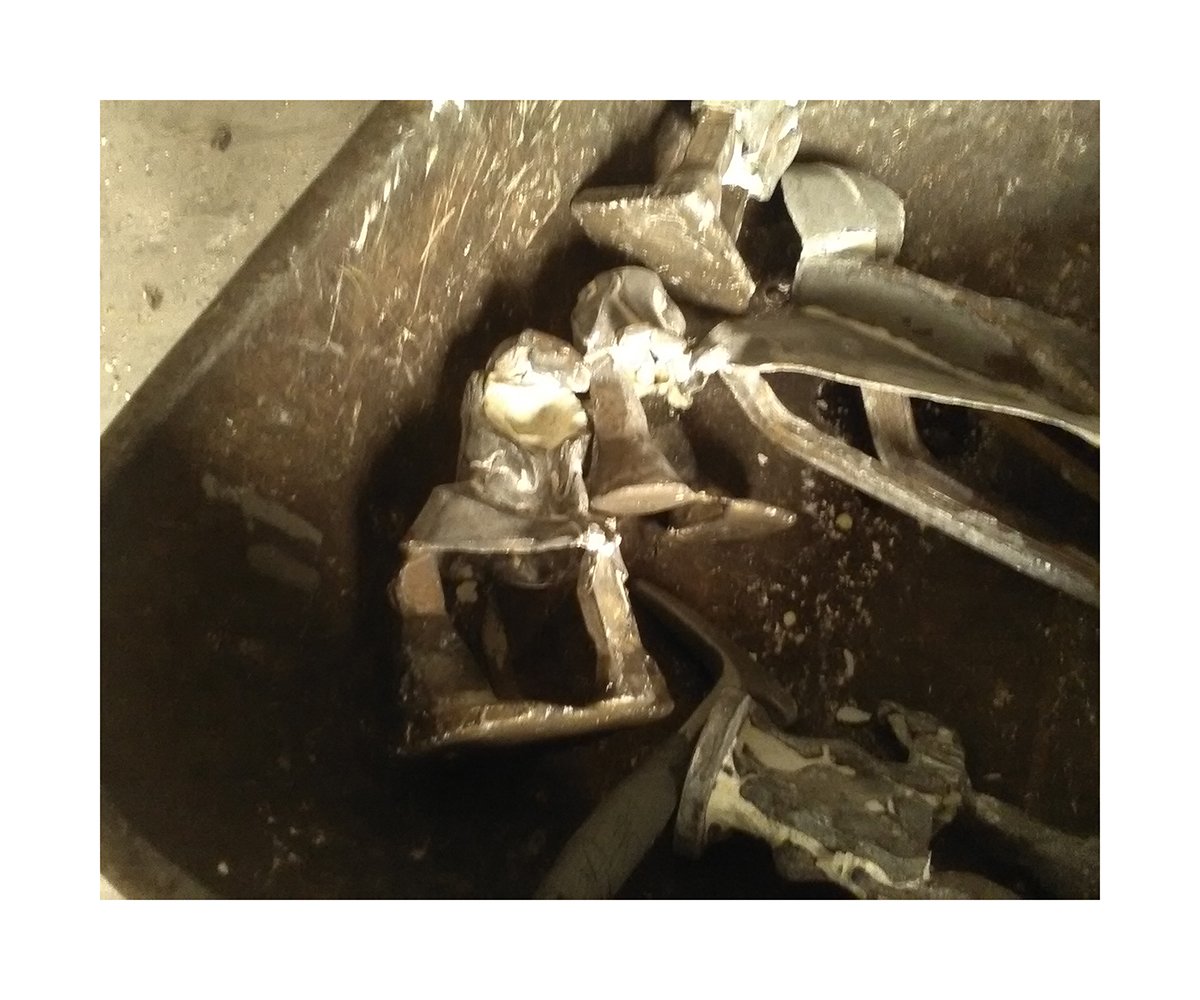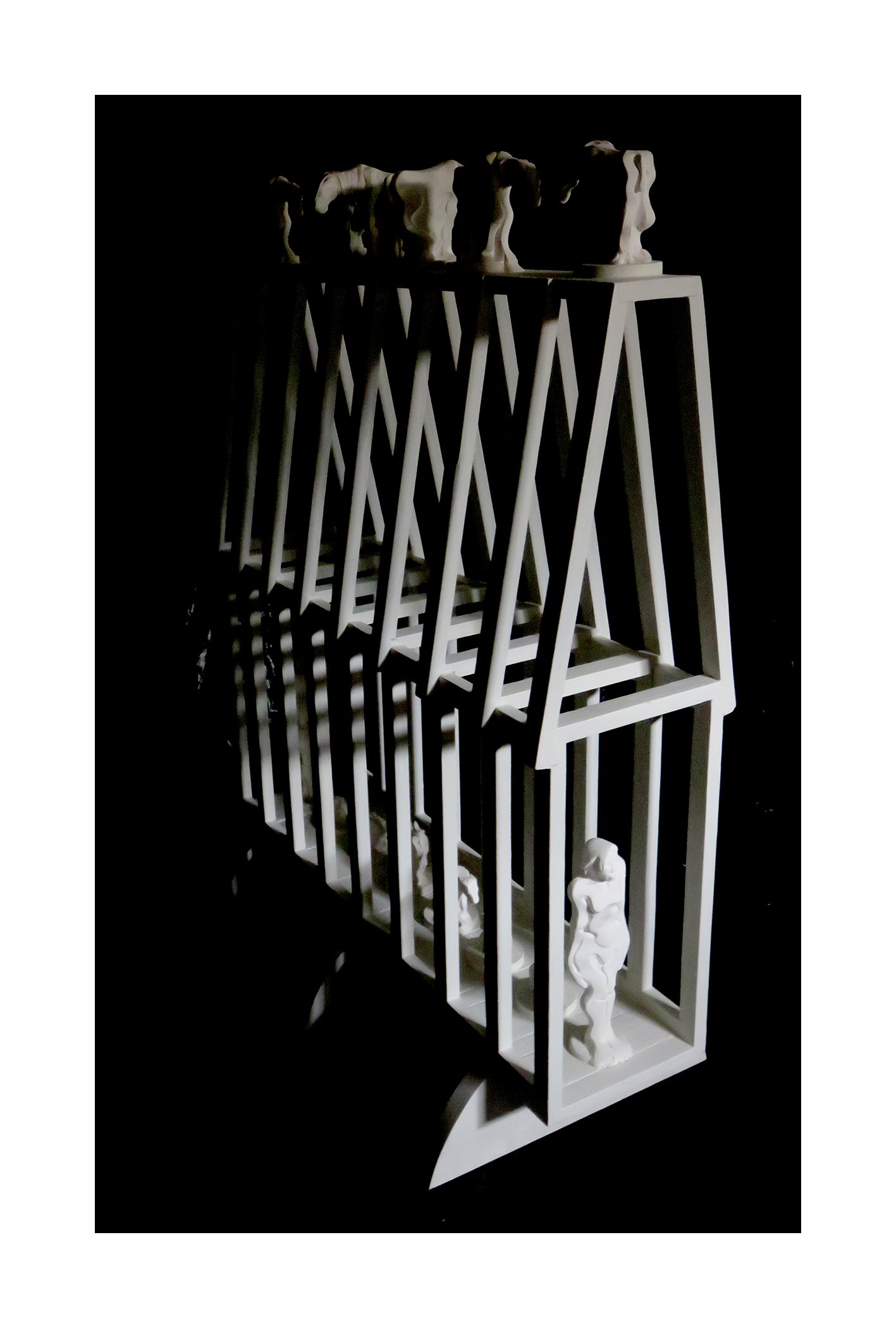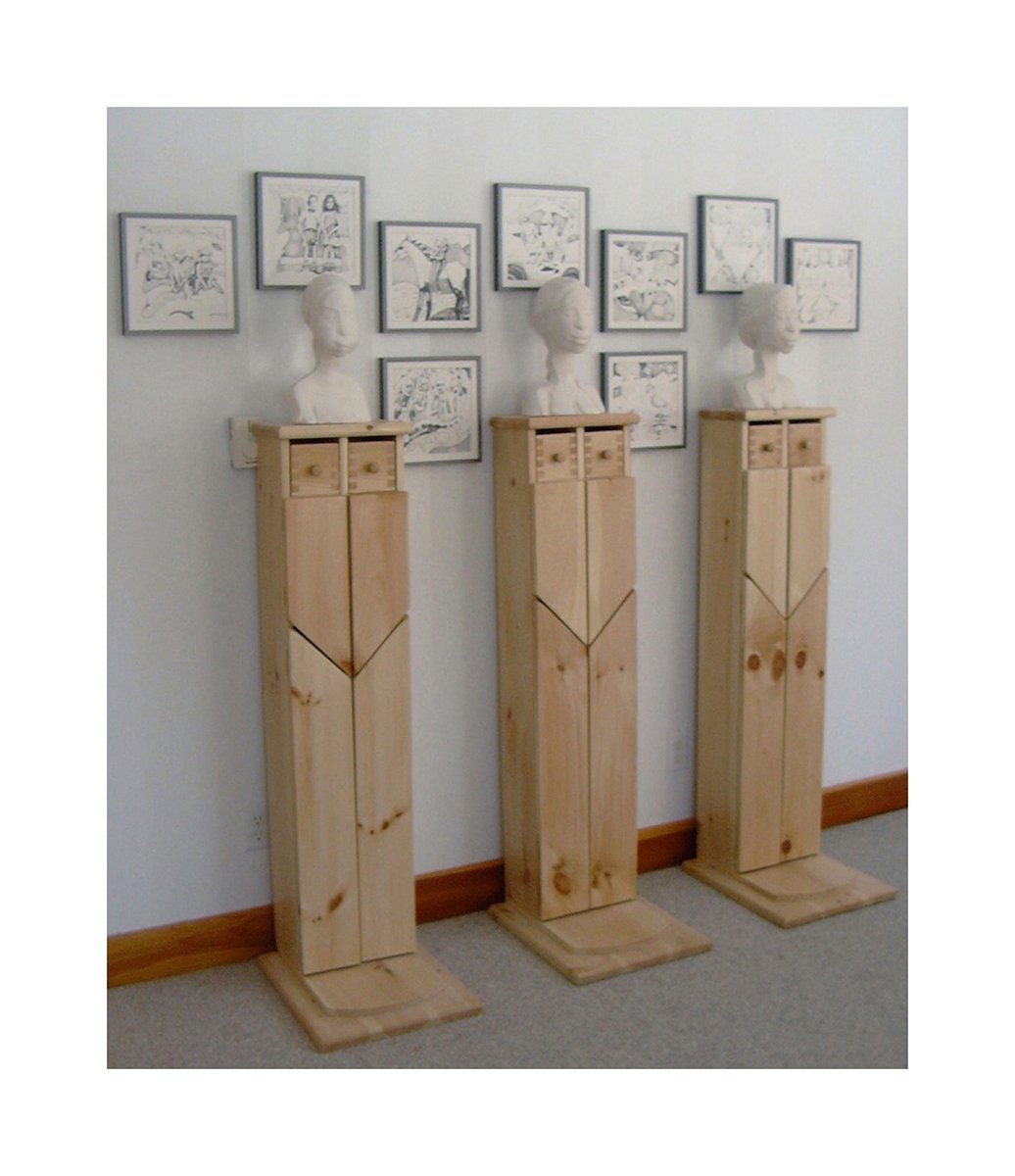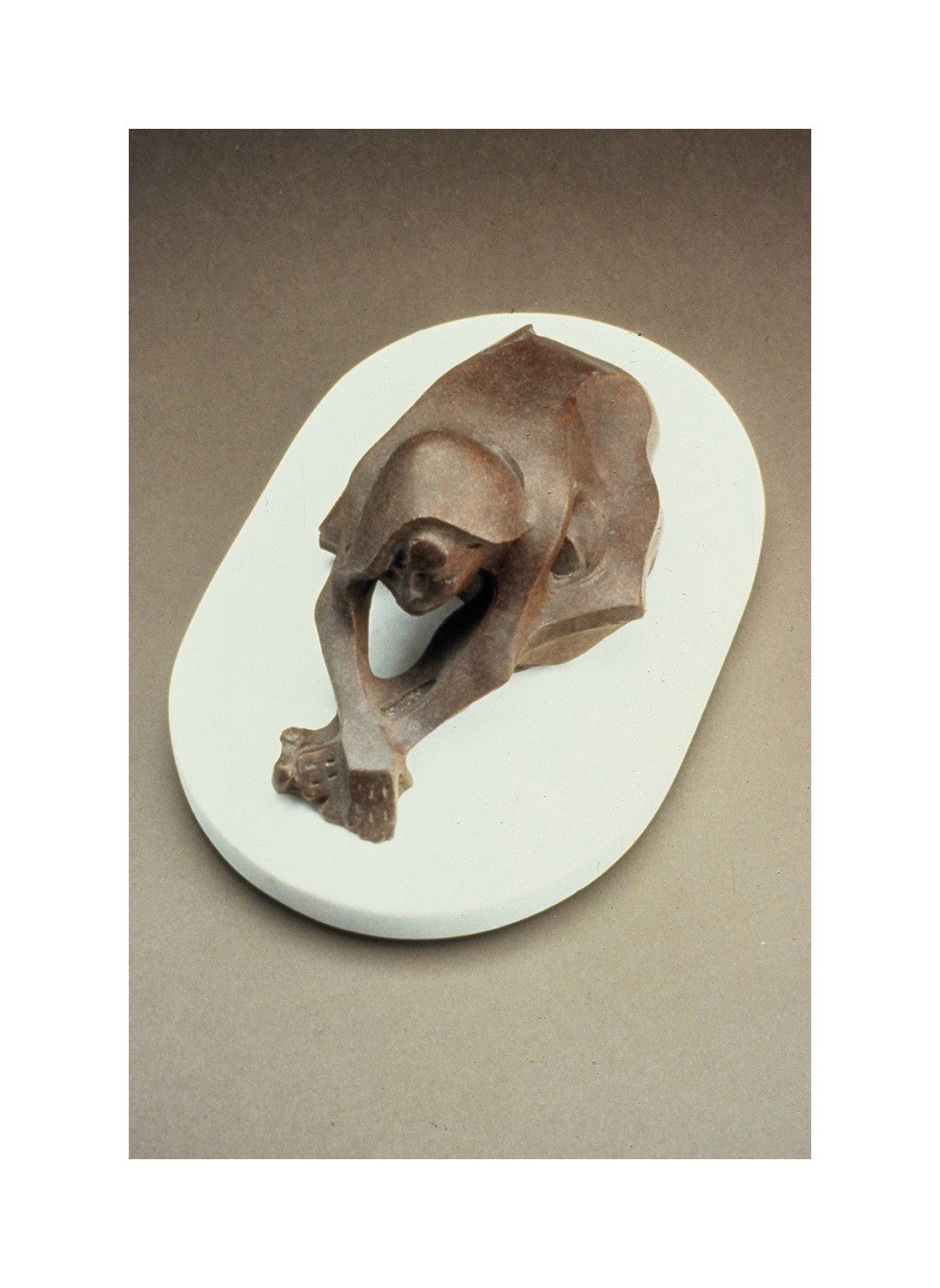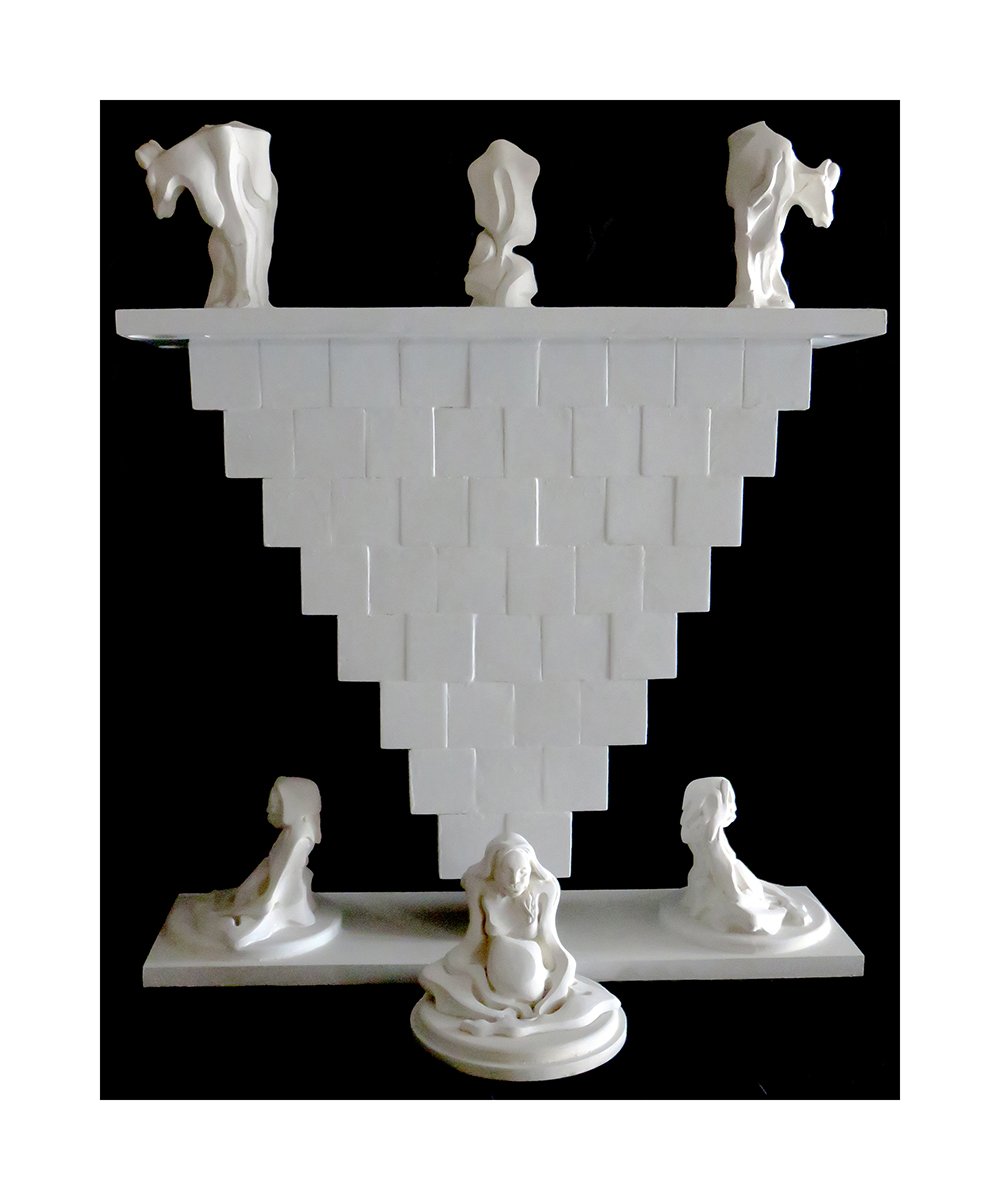A quick glimpe behind the artwork. The first carousel of images are from Zimmerman Fine Art Studio. The processes of drawing, serigraphy and intaglio printimaking, as well as lost wax method of casting are described below. Some of the images demonstrating the processes are from Modern Multiples Print Studio, Dog’s Eye Print Studio and Lands End Sculpture Center. While her art is about exploring ideas and the imaginery not about the process, we felt her main methods of producing artwork would be of interest to her patrons.
Drawing, is the most direct method of expression and is the basis of all Kathleen Zimmerman’s printwork. Below we are sharing a video in which Kathleen talks about the creation of Midday Star. Click on the arrow to watch this short two minute video.
Serigraphy, commonly known as silkscreen printing is a modern printmaking mode with a very old history. Its origins can be traced to the Song Dynasty (960-1279) in China and made its appearance in Europe in the 18th century. It is a stencil-based printing process, that has been used widely for commercial purposes but has evolved over time so that it can be used to make fine art. Artists like Pablo Picasso, Marc Chagall, Andy Warhol, Peter Max, Shepard Fairy, and Kathleen Zimmerman, have all used this method to create works of art.
The most important part of the process is making great drawings. Zimmerman understands this and creates her drawings, not only as works of art on their own, but thinking about how they will translate into serigraphs. Her thoughtful use of the white of the paper, her textured shading and her attention to the negative space all are essential in her drawings and silkscreens. A few images of the process are shown below: Evening Star graphite drawing, one of the exposed/washed out screens, Evening Star as it was printed, Morning Star graphite drawing, transparency and as it was printed, edition drying, Evening and Morning Stars finished prints, Midday Star during creation, Midday Star graphite drawing, Midday Star finished print, (e)Xtrasensory - Spirit Guide during creation, (e)Xtrasensory - Spirit Guide graphite drawing, and (e)Xtrasensory - Spirit Guide finished print.
Intaglio printmaking emerged in Europe before silkscreen printmaking. Its origins can be traced to the late 1430s in Germany. The term intaglio refers to any method of printmaking where lines are cut into a metal plate. Artist like Albrecht Dürer, Kathe Kollwitz, Francisco Goya, Jasper Johns and Kathleen Zimmerman are a few artist that have used this method of printmaking.
Zimmerman etches her images onto a plate and then pushes ink into the recessed lines. The plate is then rubbed back to remove any surface ink and laid on the press. Dampened paper is laid over the plate and covered by a blanket so when run through the press at high pressure the plate's ink-filled grooves will mark the paper. Sometimes she adheres colored paper to the main paper before running it through the press to make chine colle’ prints. All Katheen Zimmerman’s intaglio prints are mixed media because she likes the texture, and uniqueness, that comes from highlighting each print by hand using white charcoal, black charcoal, graphite pencil and/or acrylic paint. A few images of the process are shown below: Dance - Swing graphite drawing, Dance - Waltz graphite drawing, etched plate with both Swing and Waltz, adding white charcoal to Swing chine colle’, adding white charcoal to Waltz chine colle’, Inner Landscape graphite drawing, close up of plate and print, printing Inner & Outer Landscape, BlockHead - Monkey graphite drawing, adding white charcoal to BlockHead - Monkeys, (e)Xtrasensory - Dreamscape graphite drawing, and chine colle’ print of (e)Xtrasensory - Dreamscape, Counting Sheep - Two graphite drawing, Counting Sheep - Two etched plate, Counting Sheep - Two inked plate, Counting Sheep - Two plate and pulled print, Moon Rabbits graphite drawing, Moon Rabbits etched plate, Moon Rabbits plate and pulled print, Counting Sheep - Two and Moon Rabbits prints starting the drying process, Zoo etched plates, Zoo - Farm plate being inked and wiped, Zoo - Farm’s print being pulled, Zoo - Farm close up of plate and print, Zoo - Farm hung up to start drying process, and finalized Zoo - Farm with white charcoal & color highlights.
Casting, the lost wax method of casting is the process Zimmerman uses to translate her clay originals into bronze. The ancient Chinese also used this method of casting during the Shang dynasty to create Chinese ritual bronzes. The ancient Egyptians created small bronze figurines while the Greeks created the first life-sized castings using this method. Today, Zimmerman uses this method to cast her bronze sculpture.
The most important part of this process is the creation of a form that will work well in bronze. Kathleen Zimmerman has a background in foundry work so knows this intimately. Her use of smooth abstract planes, curving linear edges and inset texture makes her work perfect for casting. A few images of Zimmerman’s recent clay and plaster models are shown first: Counting Sheep original clay, another view of the original clay, Counting Sheep plaster cast, another view of plaster cast, Farm Labor plaster cast, Mountain Dreamer and Farm Labor during mold making, close up of Mountain Dreamer plaster cast, Bear Hug plaster cast, and another view of plaster cast. After Zimmerman makes the originals and the molds, she then works with the foundry to cast them. Images of various stages of the foundry process are shown after waxes are poured into Zimmerman’s molds creating wax copies. The images shown are in the following order: the wax copies are spurred and funneled so they can be coated in a ceramic shell, the shells are heated and filled with molten bronze, then cooled and broken off. The rough bronze castings are returned to Zimmerman Fine Art Studio for final chasing, patinas and completion. Zimmerman does not always cast them in bronze and is open to other materials such as stone or hydro-cal, and fabricates elements out of wood. The last images are of the finished sculptures: Horse Barn Hill, Island, Life, Stone, and Sacred.
